 Abraham Lincoln
If given the truth, the people can be depended upon to meet any national crisis...
Abraham Lincoln
If given the truth, the people can be depended upon to meet any national crisis...
 Guildford news...
for Guildford people, brought to you by Guildford reporters - Guildford's own news service
Guildford news...
for Guildford people, brought to you by Guildford reporters - Guildford's own news service
Birdwatcher’s Diary No.309
Published on: 2 Aug, 2024
Updated on: 2 Aug, 2024
By Malcolm Fincham
Although being mostly interested in birdlife, I was becoming increasingly concerned i about the lack of butterflies in the latter weeks of July.
This, despite a more settled spell of weather for the most part, with temperatures remaining in the low to mid-twenties and even bringing a few sunny spells at times.
On July 18 temperatures even briefly hovered around 30c before returning to the monthly norm.
A few butterfly photo opportunities continued to be achieved, however, despite fewer sightings of many of the species usually commonly seen about the gardens and countryside.
On the heathlands silver-studded blue butterflies seemed to have fared reasonably well this year, although now coming to the end of their reign and seeing mostly females and some now starting to look rather tatty in appearance.
On Thursley Common, where the heather was now coming into bloom, I was able to capture my first photos of the year of newly emerging grayling butterflies.
Also adding several photos of what has been a reasonable number of small skippers.
And some reasonably good contenders for Essex skippers due to their jet black antennal tips?
Also adding to my day’s sightings a few funnel-web spiders, these fortunately not of the poisonous kind found in the Australian outback.
A visit to Sheepleas at East Horsley continued my previous sightings of dark-green fritillaries, although not in the kind of numbers I recall seeing there in previous years.
While marbled white butterflies continued to show a presence there and finding one with several red mites attached to its body.
These are not an uncommon sight and seem to vary in their rates of infestation from year to year. Their larvae affect several UK species with no apparent detriment to the butterflies.
And I was interested to read that these mites do not affect the flight or life span of the host butterflies. https://www.researchgate.net/publication/229963413_Parasitism_by_the_mite_Trombidium_breei_on_four_UK_butterfly_species
Probably my most rewarding sighting, as well as photograph, during my time there while sitting on a bench and mindfully taking in the surrounding beauty. It was to find a roe deer gracefully running by across the flower meadows before my eyes and totally unaware of my presence.
And shortly after a red kite passed through.
At the Riverside Nature Reserve near Burpham the theme of my reports continued to focus on butterflies, seeing both small skippers and gatekeepers in reasonable numbers.
A few green-veined whites also added to my day list.
And a few speckled wood butterflies could also be found.
Also adding several red admirals to my sightings.
At Stoke Lake I sat a while at the picnic benches looking out across the water in amusement at the two rapidly growing juvenile great crested grebes.
They were now attempting to grow in their independence as they bravely drifted together although some distance from the guidance of their parents.
Suddenly, as if in panic, they would realise they were out of their comfort zone and would fly low across the water back to the safety of their parents.
Beside the lake a handful of Egyptian geese fed on the short grass with several Canada geese.
As later also seen on Whitmoor Common, Pewley Down, and at Britten’s Pond, families of chiffchaffs in good numbers.
And a few families of common whitethroats could also be viewed.
At Britten’s Pond, the adult grey wagtails could be seen flitting back and forth by the edge of the pond.
Now with at least two reasonably sized juveniles close by.
A juvenile great spotted woodpecker perched up a while in one of the surrounding oak trees that bordered the pond, lightly pecking some of the loose bark.
A red admiral butterfly could be viewed feeding on the nutrients of a sap-run from one of the bows of the tree.
While a few purple hairstreaks could still be viewed dancing around the outer canopies, occasionally settling on an oak leaf and allowing me a photo.
Several dunnocks posed nicely in the brambles by the car park.
And a common tern continued to make its infrequent visits there.
On Whitmoor Common, a small group of chattering linnets could be viewed, perched up on the utility wires that traverse the heath.
And several families of stonechats could be heard making their contact calls, throwing their sound for some distance across the common.
A few dragonfly, including a few broad-bodied chasers held their ground about the ditches still holding water from the previous month’s excessive rainfall.
A few silver-studded blues could still be found.
Also adding comma butterflies.
And a lone silver-washed fritillary to my day’s list.
Later in the day, as the sun slipped over the horizon, a few churring calls began. That of one of several nightjars. One could viewed as it perched up in silhouette of the wires where the linnets could be seen earlier in the day.
A visit to Pewley Down on July 26, worryingly still, there were no chalkhill blue butterflies emerging. In previous years many could have been seen by now.
Having completed a thorough transect of the area the best I could come up with and photograph in the way of butterflies were several brimstones, which lingered long enough to nectar on the wild flowers.
A few marbled whites, now coming to the end of their reign, still skipped from flower to flower as they traversed the hillside.
A few large white butterflies could be viewed.
Also adding two of what has been just a few small copper butterflies I have seen so far this year.
I also got my first sighting this year of a lone brown argus butterfly there.
While many daytime flying Burnet moths were also present.
Numerous grasshoppers of different kinds were comfortably hopping about my feet.
But one type I was reasonably assured to name was that of numerous Roesel’s bush crickets.
Also adding what I believe to be my first sighting of a bloody-nosed beetle at the site.
Comforting for me was to sit and watch at least three kestrels, almost certainly the most I had seen together hunting over the hillside. At least one of which was a juvenile.
Lurking among the bushes and hedgerows were several spies in the form of magpies. This allowed me some amusement, because as soon as the kestrel ascended from the grassland the magpies would give chase in the hope of stealing the kestrel’s quarry! And at the same time allowing me a few photos.
The following day, in the company of Bob and Dougal, I visited Denbies Hillside on Ranmore Common near Dorking, where, at last, I got my first sightings of chalkhill blue butterflies. Thus keeping me on track for my target of seeing at least 40 species of butterfly within Surrey for this year.
Although only counting 30 or so chalkhill blues during our transect there, having seen well over a thousand there in previous years.
Although mostly males, a few females could also be found.
I also got a few photos of a lone brown argus, this time with wings closed, to add to the one seen with wings open on Pewley Down.
A lone dark-green fritillary could also be found and photographed while transecting the hillside.
While it had been a good year for flowering ragwort, of which more than 70 species of insects enjoy, Cinnabar moth caterpillars had begun to appear on some of the stems.
While adding a slow worm to my day list.
And my first Surrey sighting in recent years of a yellowhammer, a species also in decline.
My garden sightings included a mimic hornet hoverfly on my buddleia bush.
As well as a similar sized great pied hover fly, just a few days later.
From my garden the local swift population could be viewed occasionally gathering high overhead in a cluster of 30 or so on several evenings. However, by July 26 they were no longer seen. Gone for another year as they return to their winter homes in Africa.
And our local blackbird had also fallen silent, probably not to be heard in song again until the new year. Summer was indeed now on the turn in their worlds.
In spite of this, our summer seemed to be far from over. And with warm plume high pressure pushing up from southern Europe, temperatures temporarily rose, once again touching around 30c about the Surrey Hills.
In a moment of insanity on July 30 I once again strode the hills of Pewley Down in the midday sun with the hope of topping up my suntan on my face and arms, and seeing at least a few chalkhill blues.
Although rather exhausted by the end, and grateful for the many benches dotted around the hillside my mission was a success on both counts.
Although only counting a dozen or so newly emerged and very flighty individuals, rarely settling and none opening their wings when finally landing. After much frustration I eventually found one that reluctantly posed for a photo!

Click on cartoon for Dragon story: Public Asked for Views on SCC’s Proposal for Reduced Speed Limits



Recent Articles
- Notice: GTA German Filmfest – July 2
- Letter: We Need More Yellow Boxes and Enforcement
- Notice: What’s On in July at Guildford Cathedral
- Greenfield, Greenbelt Site Deemed ‘Greybelt’ by Planning Inspector
- Letter: WBC’s CIL Recommendations Are Too Little, Too Late
- Letter: Yellow Box Fines Are Just a Money-raising Opportunity for SCC
- Drivers Caught in Yellow Box Junctions at the Dennis Roundabout Paid £81k to SCC
- Residents Hit By CIL Fees Should Be Offered Full Review, Says Overview Committee
- Plans For New Guildford Preschool Rejected On Road Safety Grounds
- Expert in AI Is New Head of the University of Surrey


Search in Site
Media Gallery
Dragon Interview: Local Artist Leaves Her Mark At One of England’s Most Historic Buildings
January 21, 2023 / No Comment / Read MoreDragon Interview: Lib Dem Planning Chair: ‘Current Policy Doesn’t Work for Local People’
January 19, 2023 / No Comment / Read MoreA3 Tunnel in Guildford ‘Necessary’ for New Homes, Says Guildford’s MP
January 10, 2023 / No Comment / Read More‘Madness’ for London Road Scheme to Go Ahead Against ‘Huge Opposition’, Says SCC Leader
January 6, 2023 / No Comment / Read MoreCouncillor’s Son Starts Campaign for More Consultation on North Street Plan
December 30, 2022 / No Comment / Read MoreCounty Council Climbs Down Over London Road Works – Further ‘Engagement’ Period Announced
December 14, 2022 / No Comment / Read MoreDragon Interview: GBC Reaction to the Government’s Expected Decision to Relax Housing Targets
December 7, 2022 / No Comment / Read MoreHow Can Our Town Centre Businesses Recover? Watch the Shop Front Debate
May 18, 2020 / No Comment / Read More



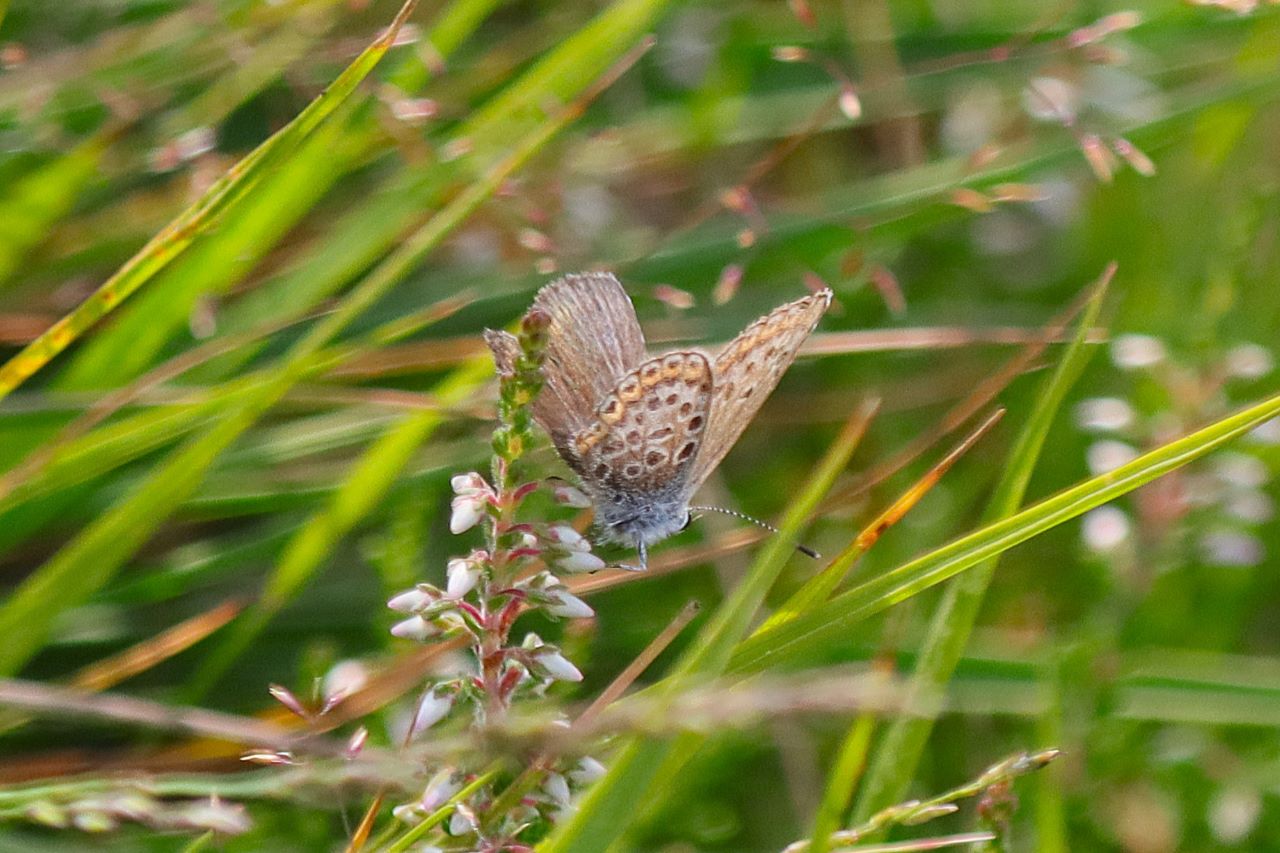
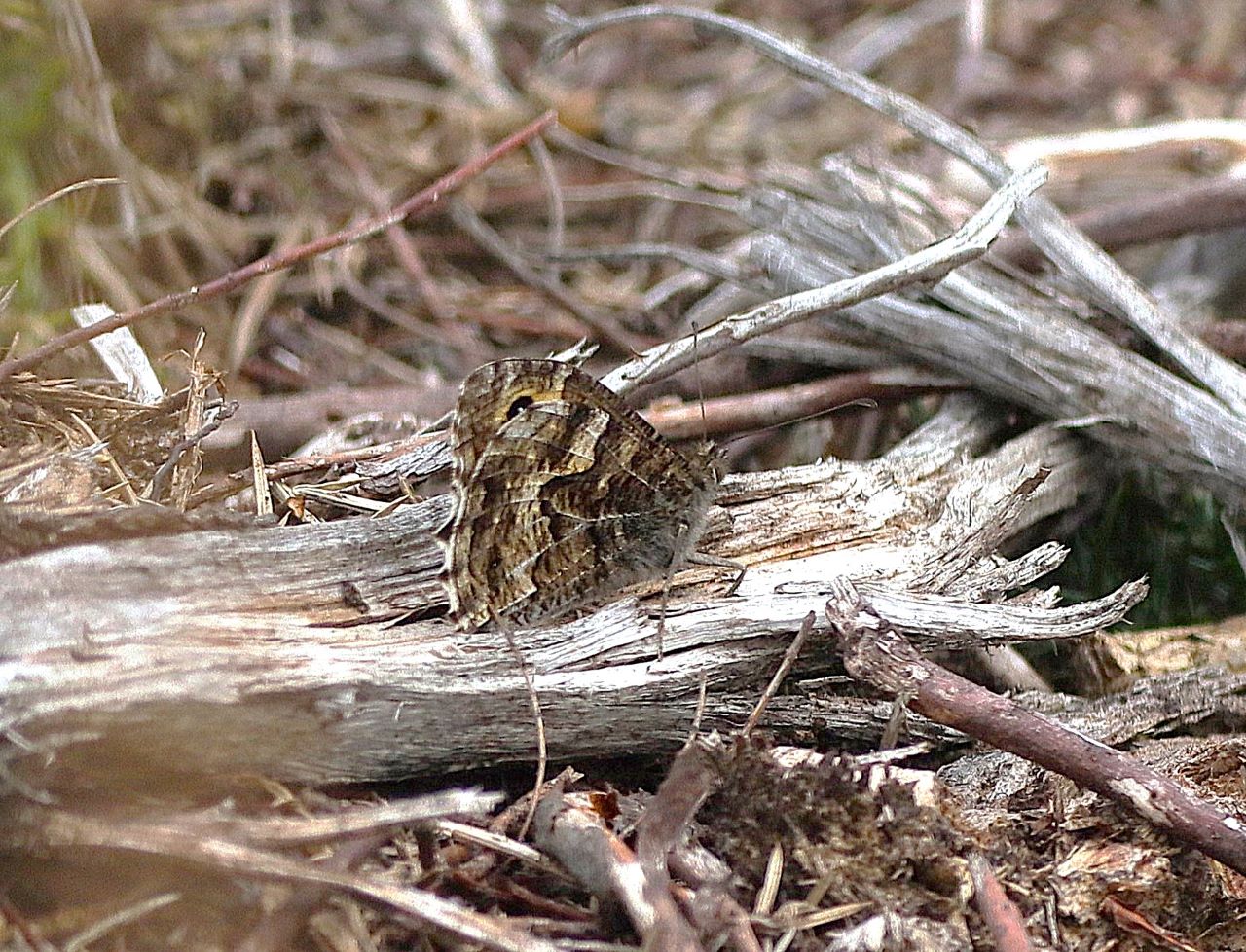
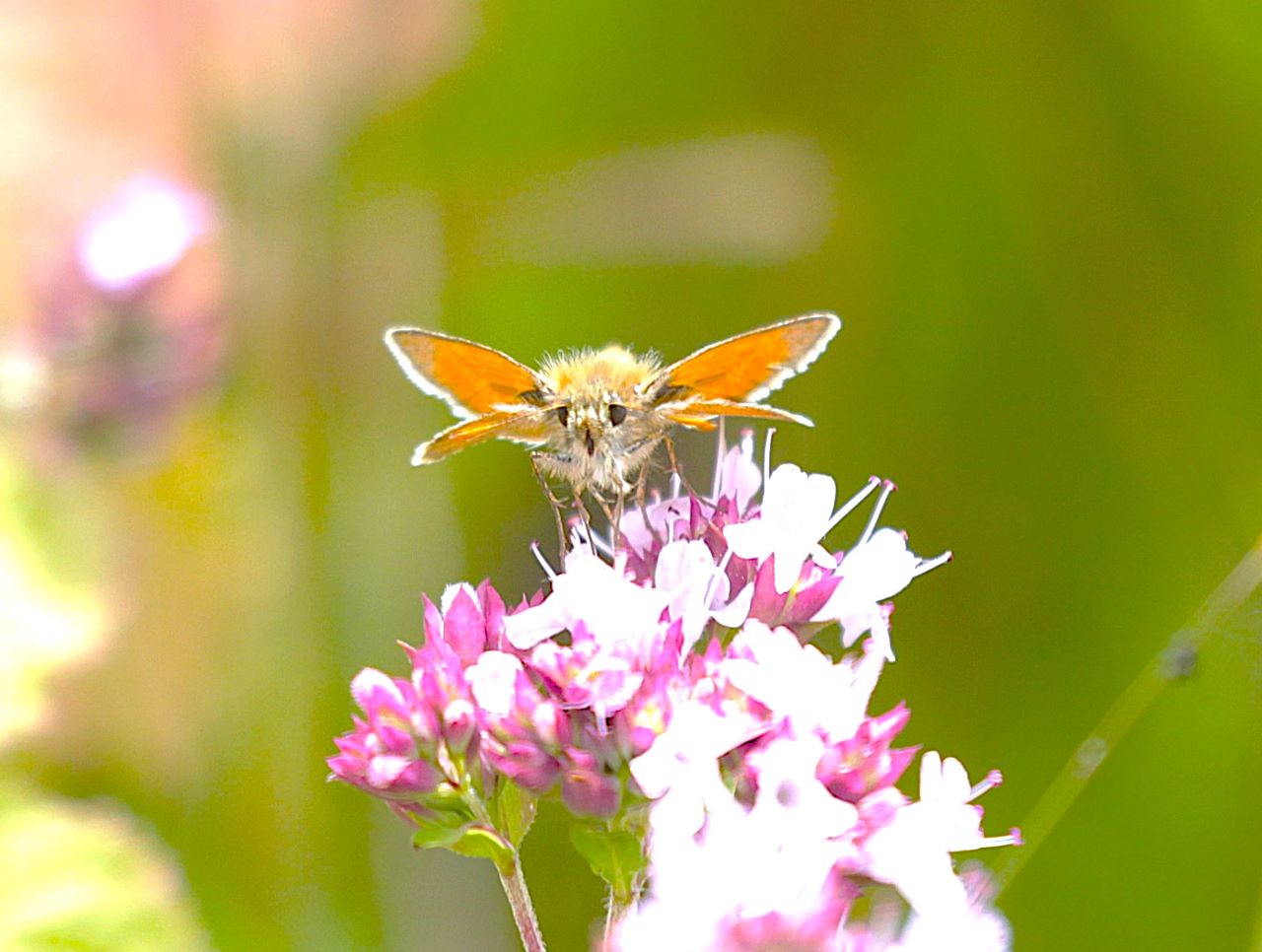
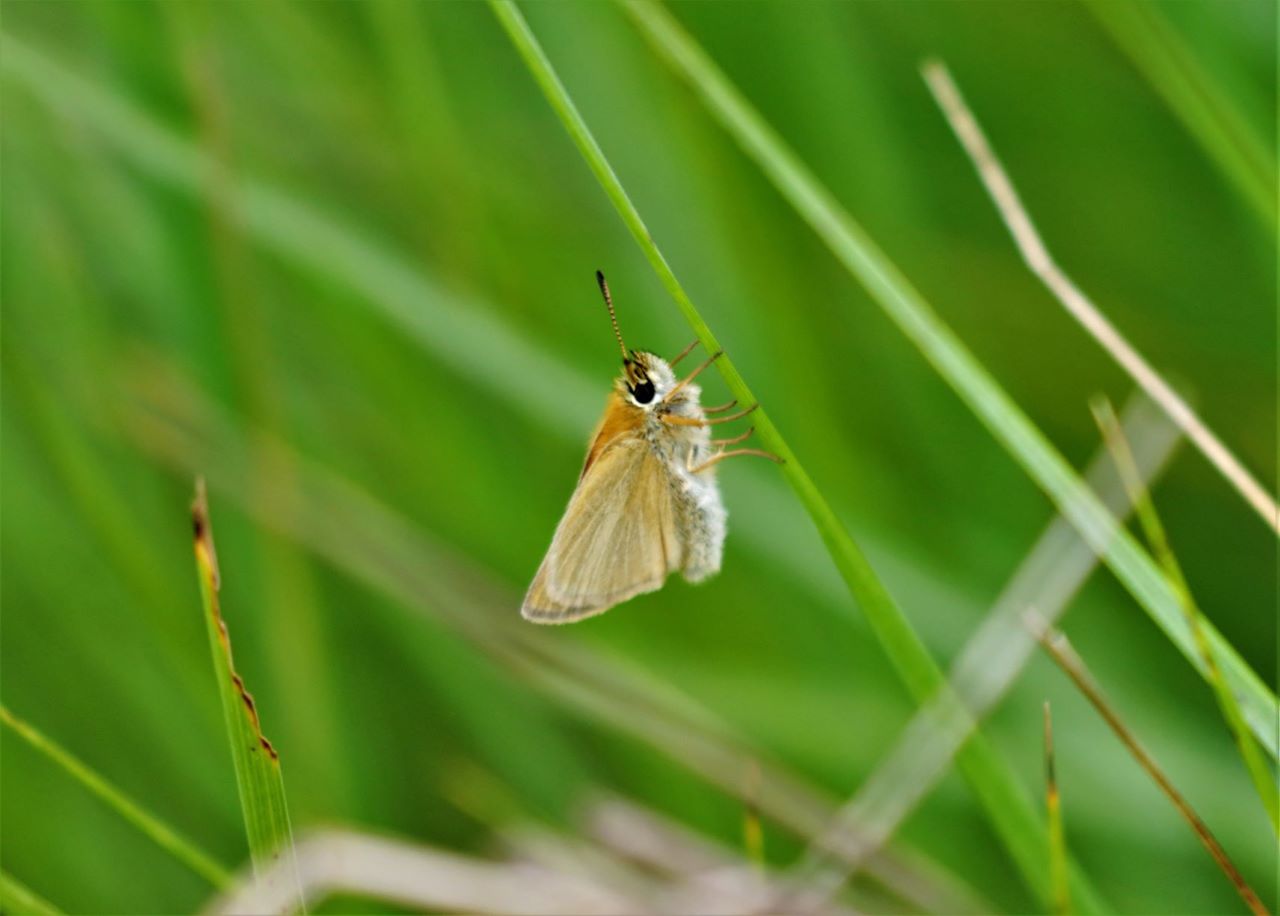
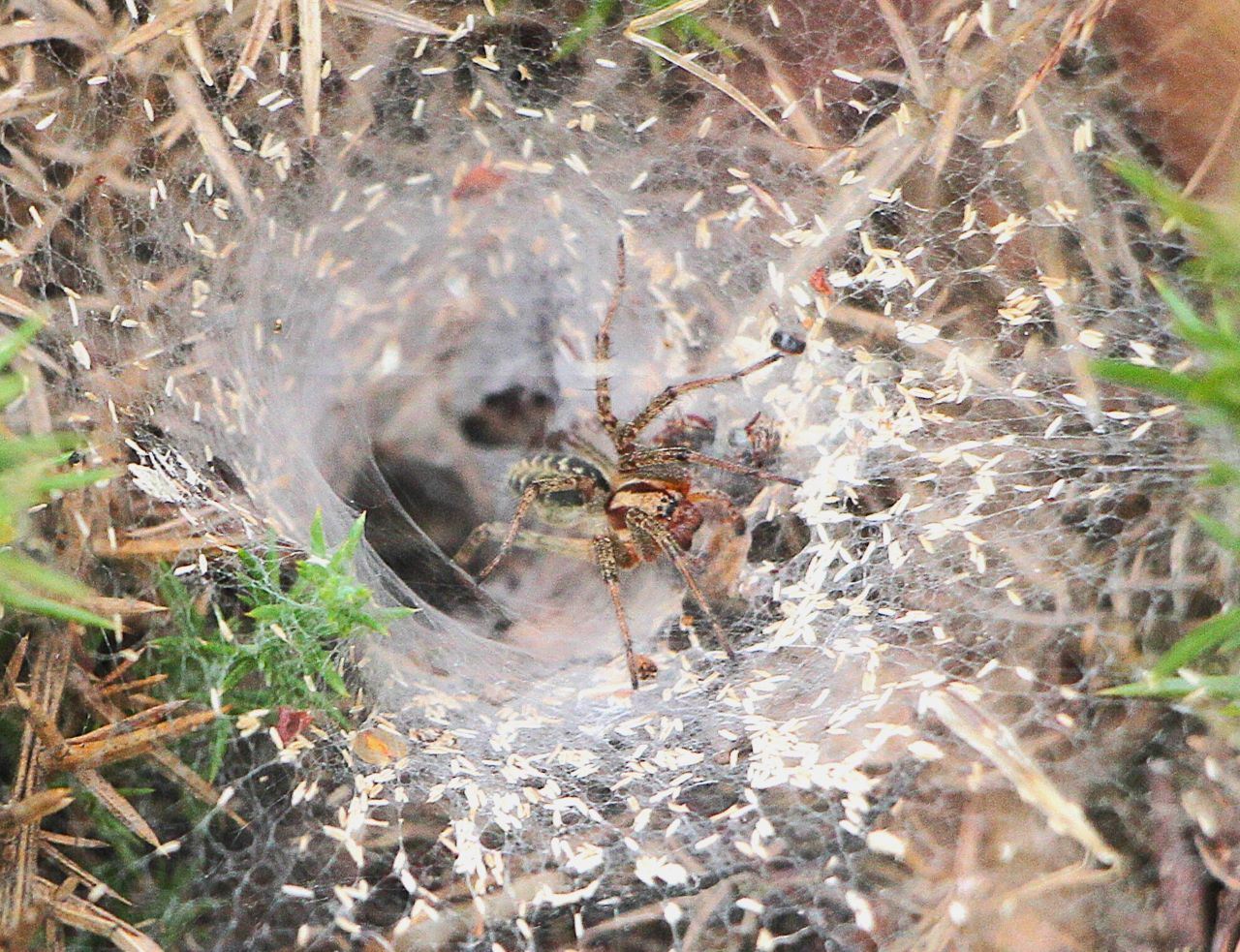

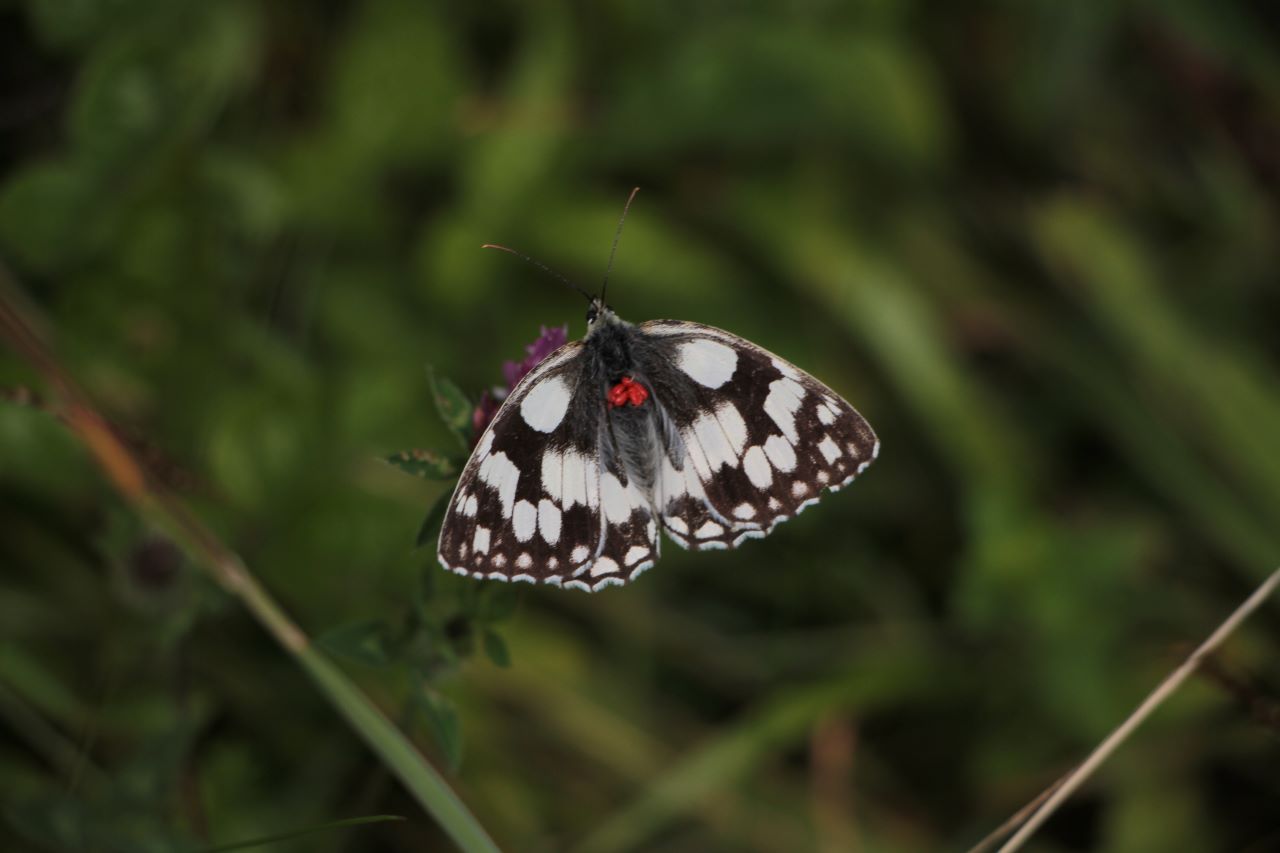
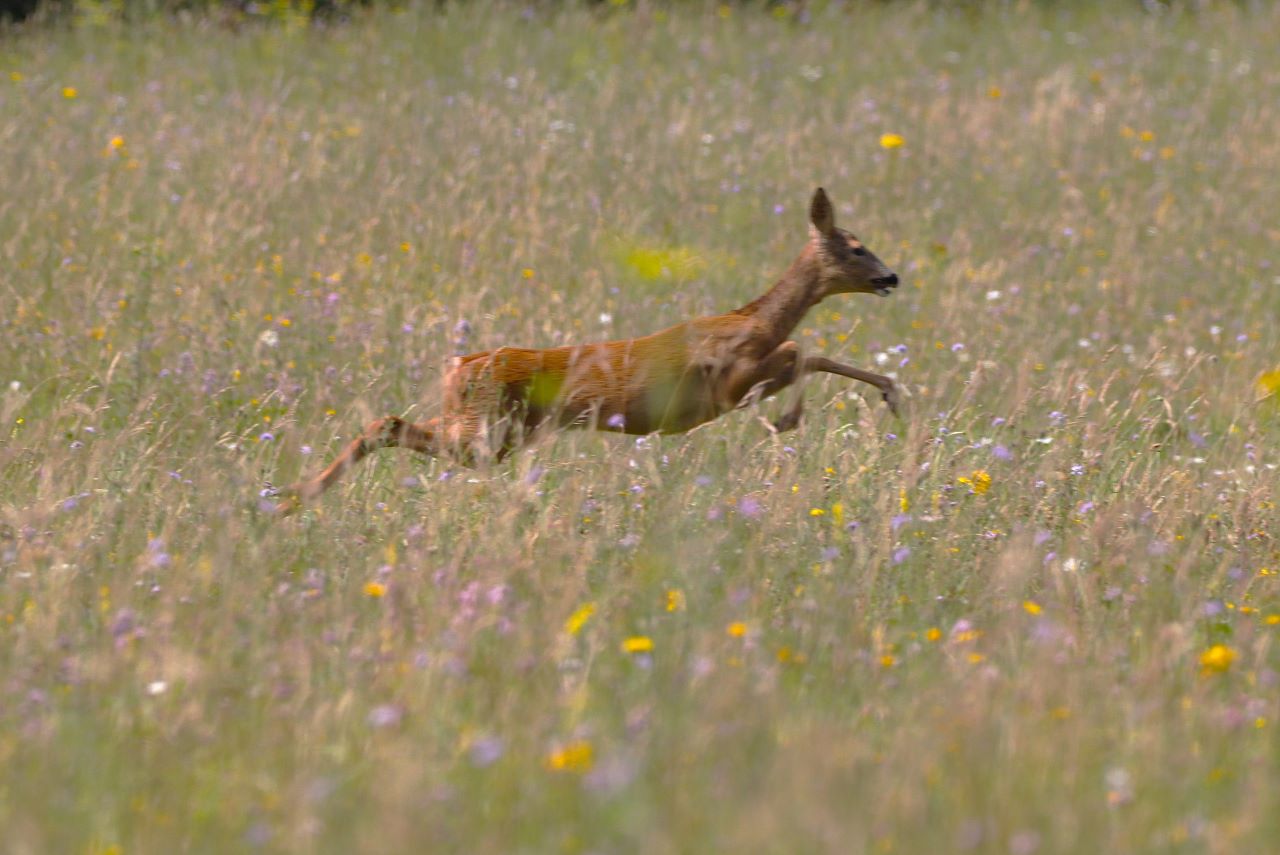
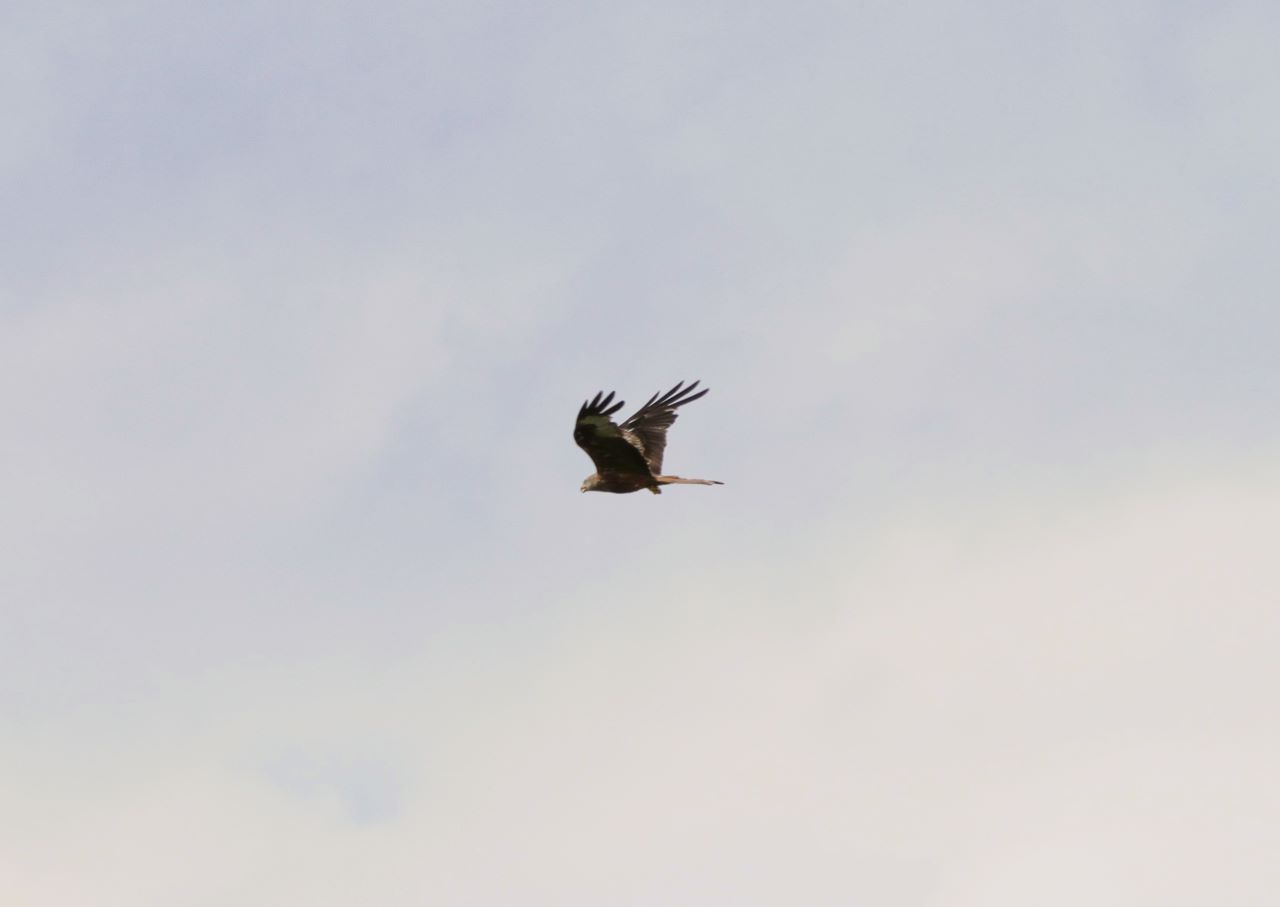
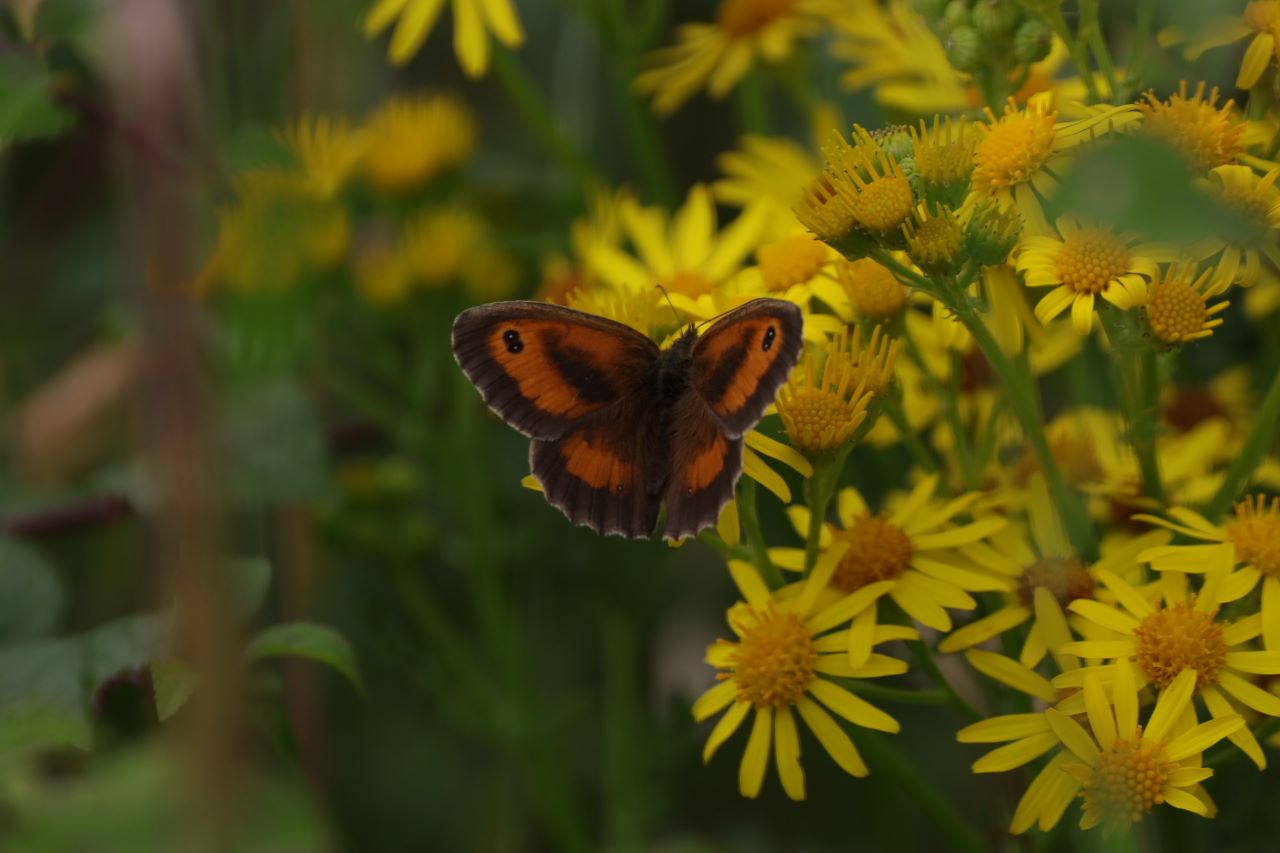
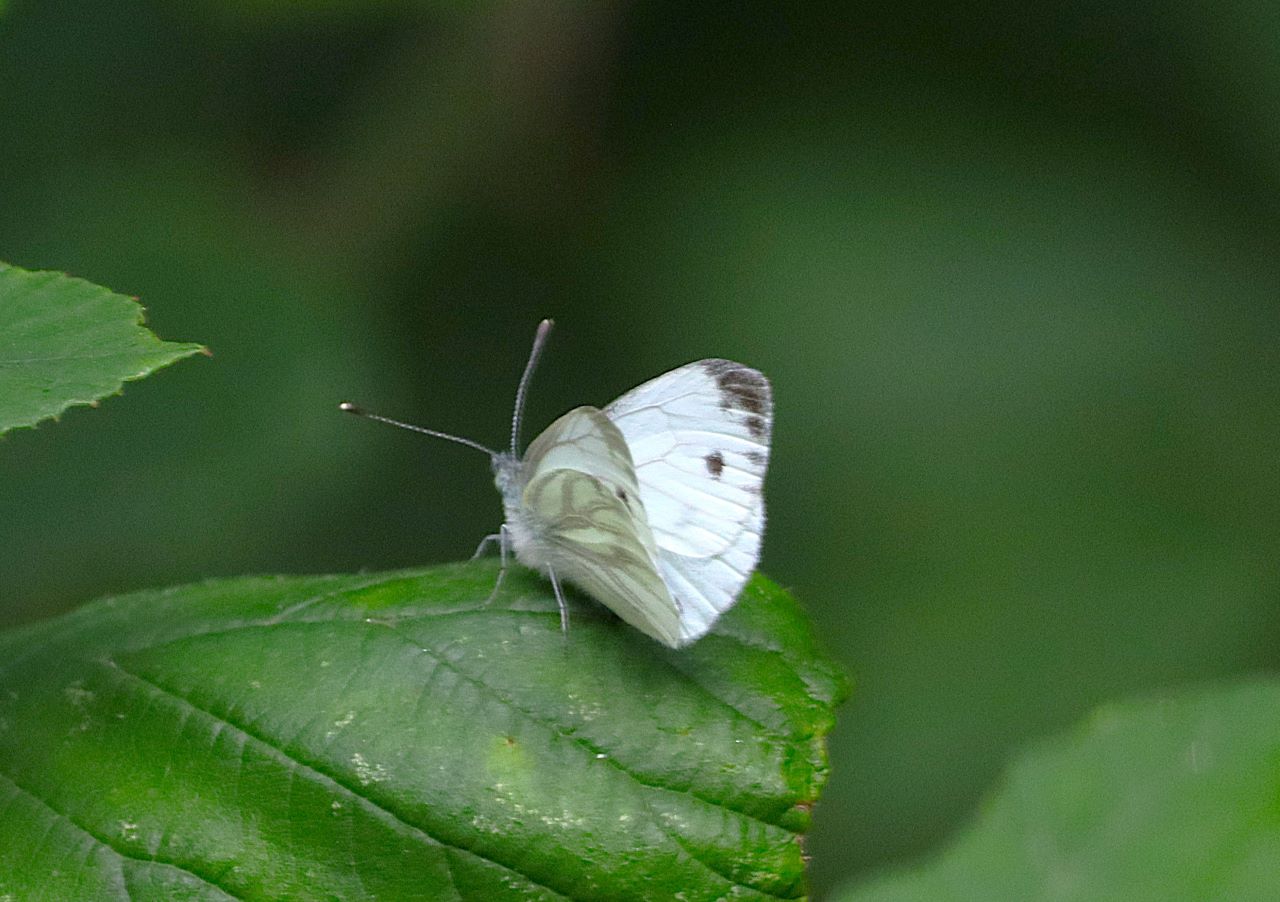
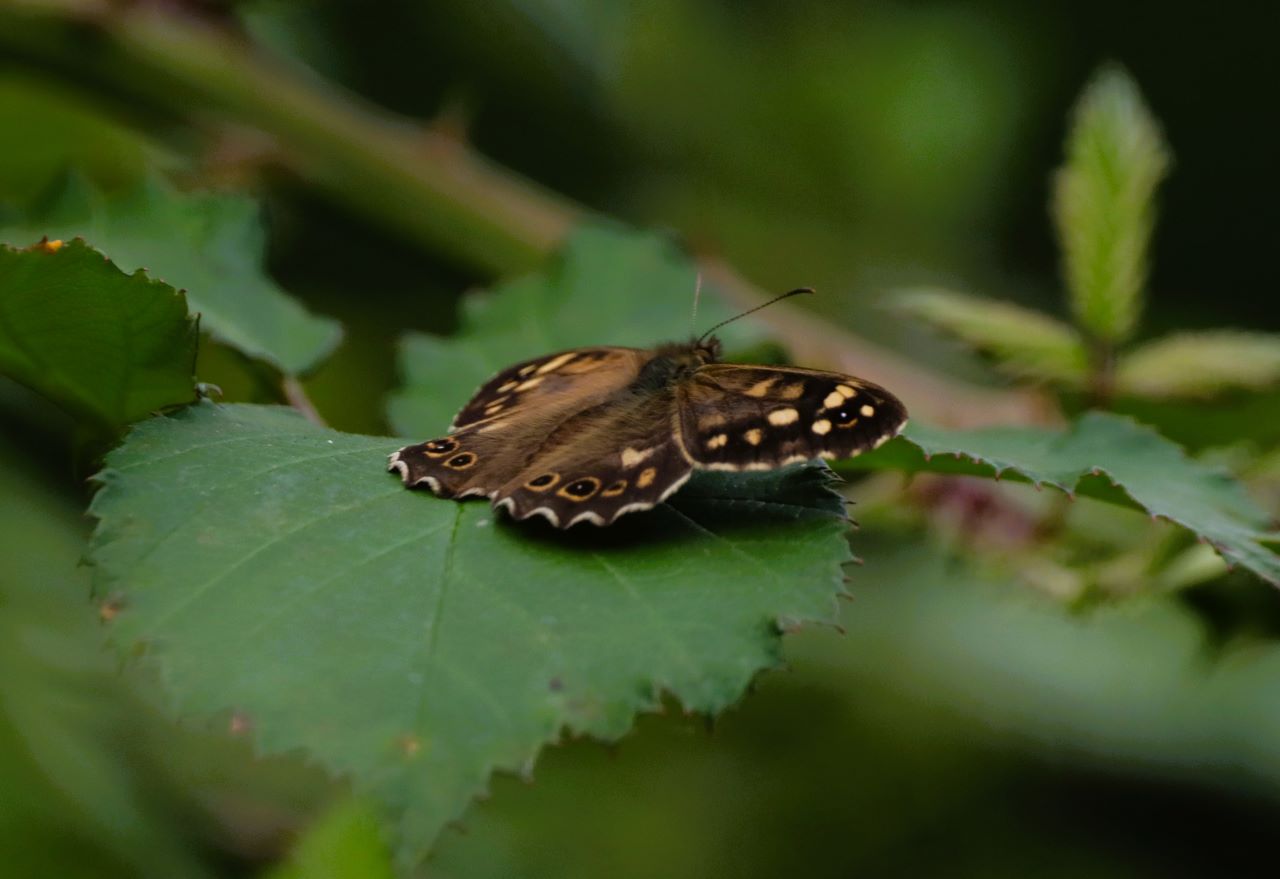
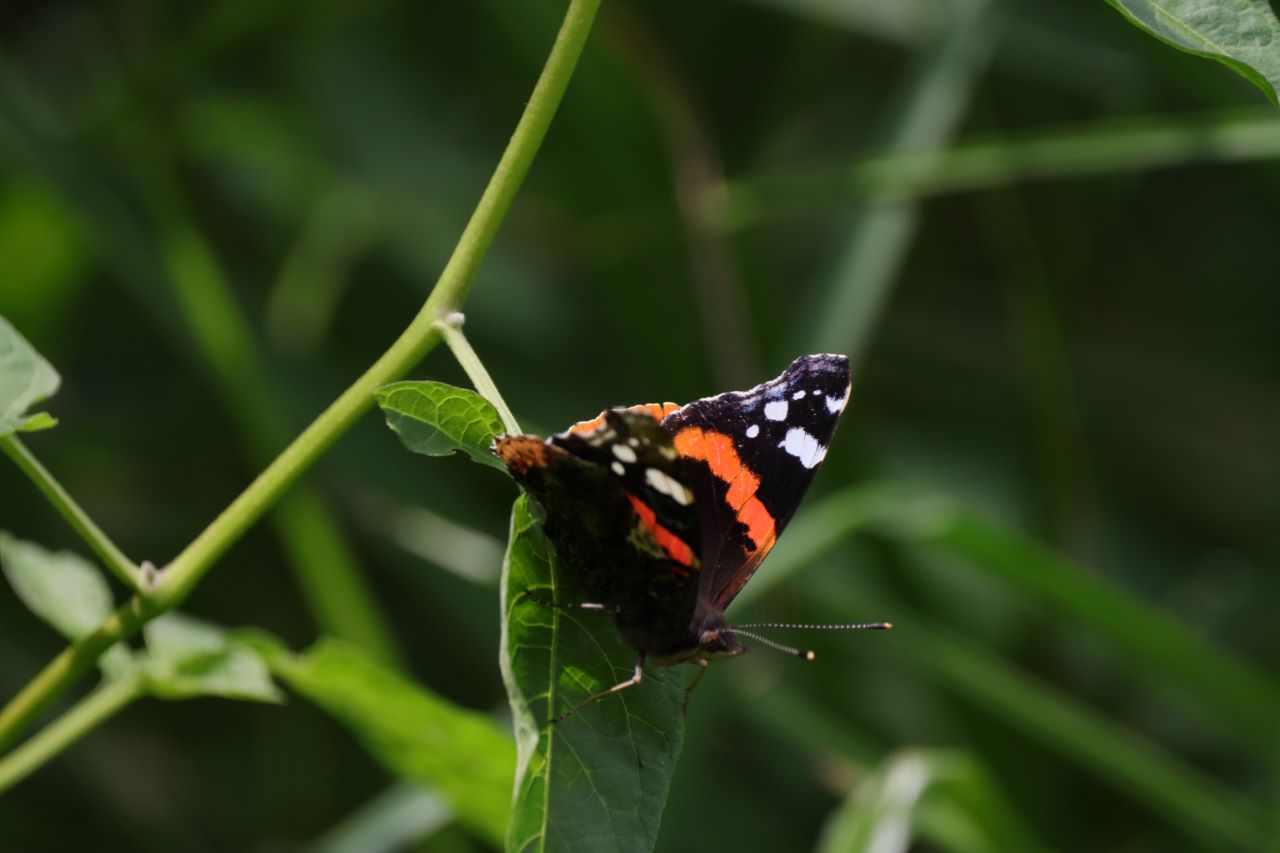
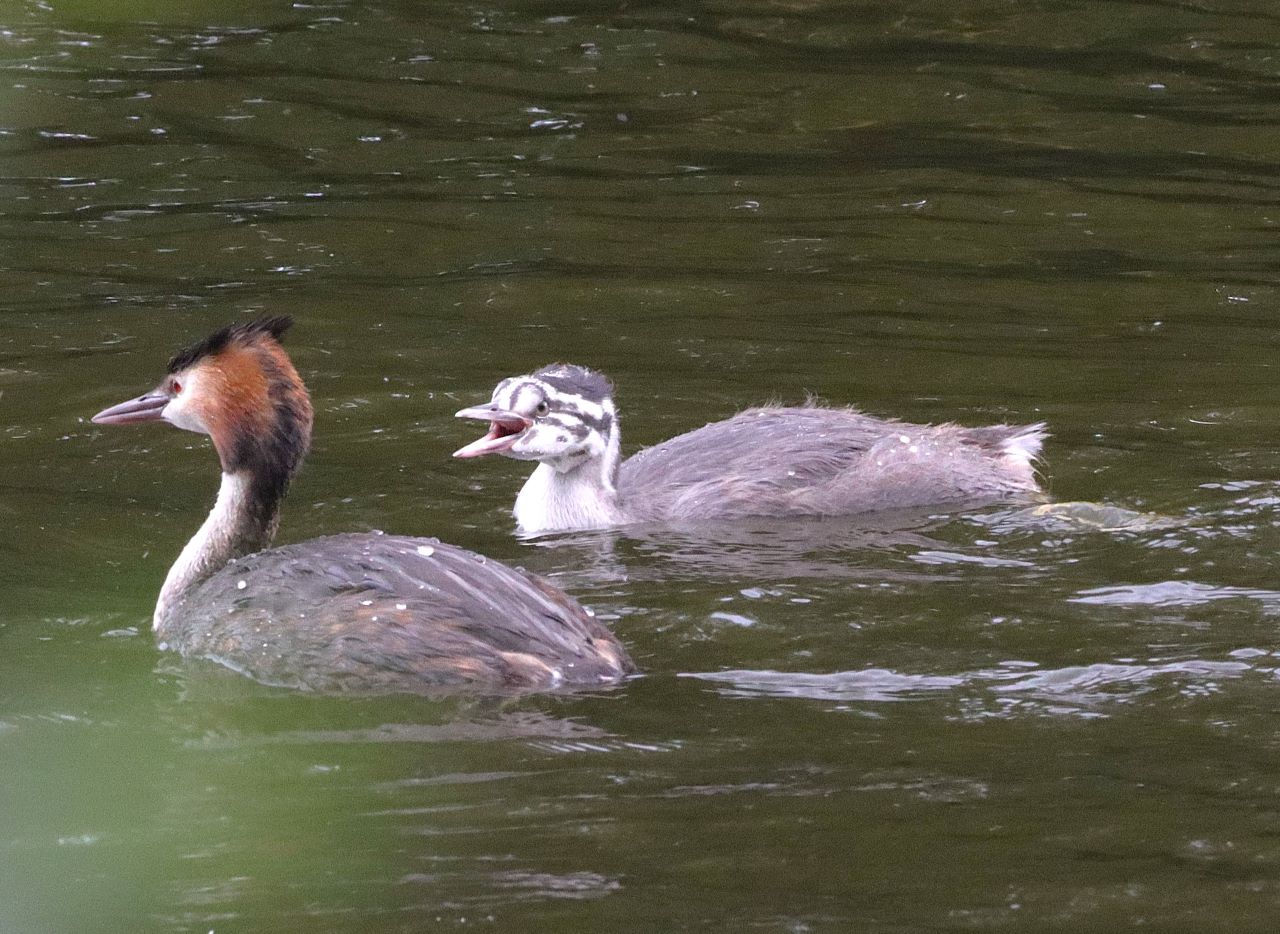
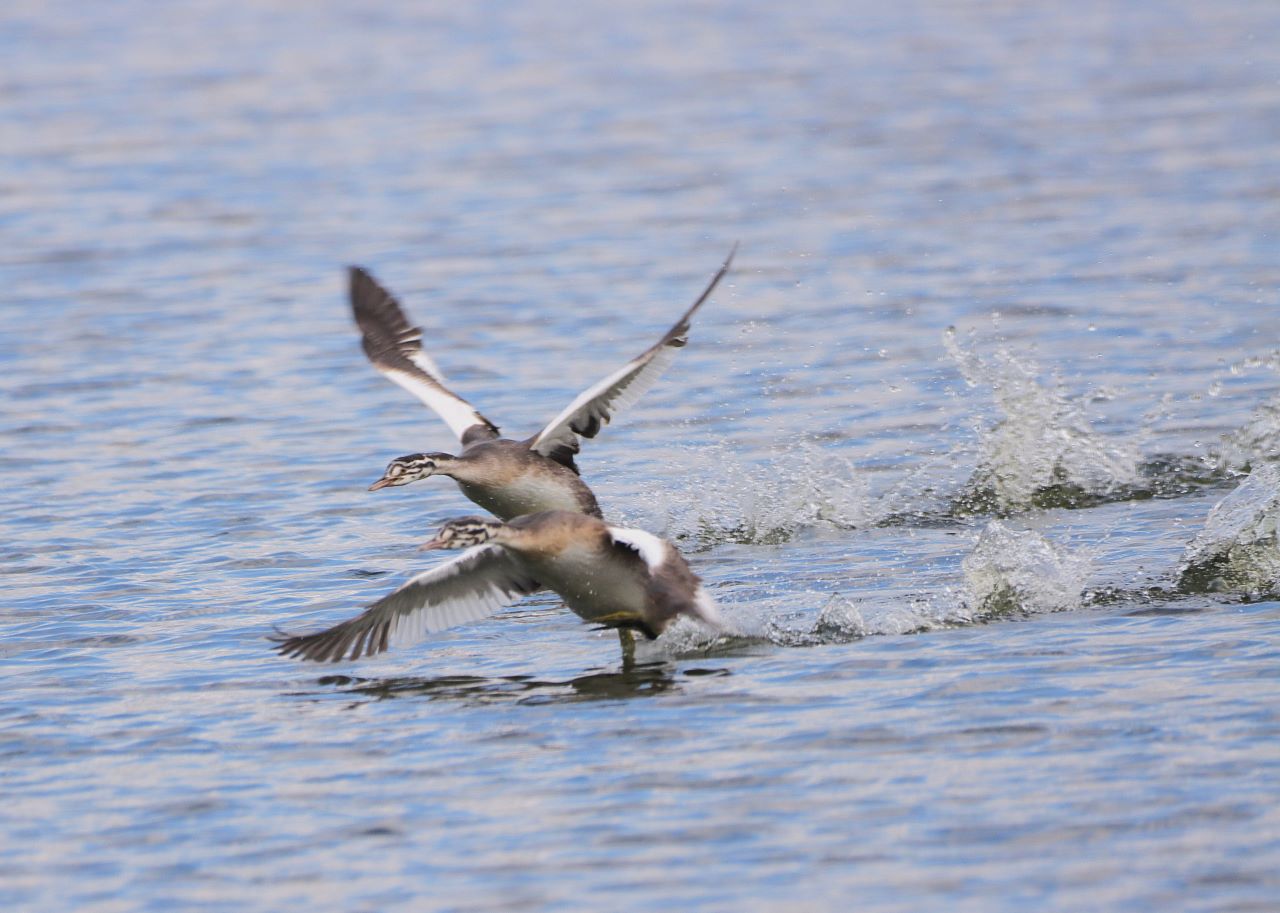
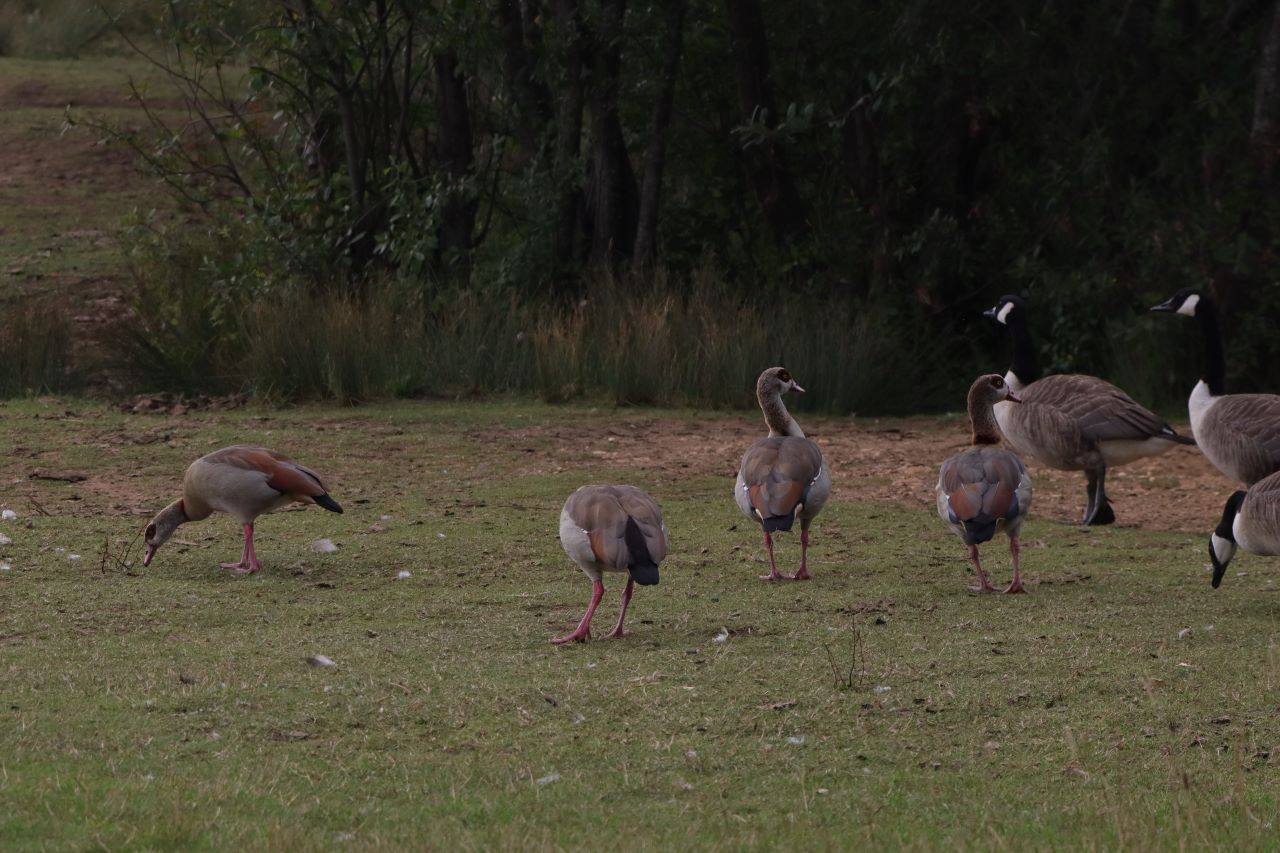

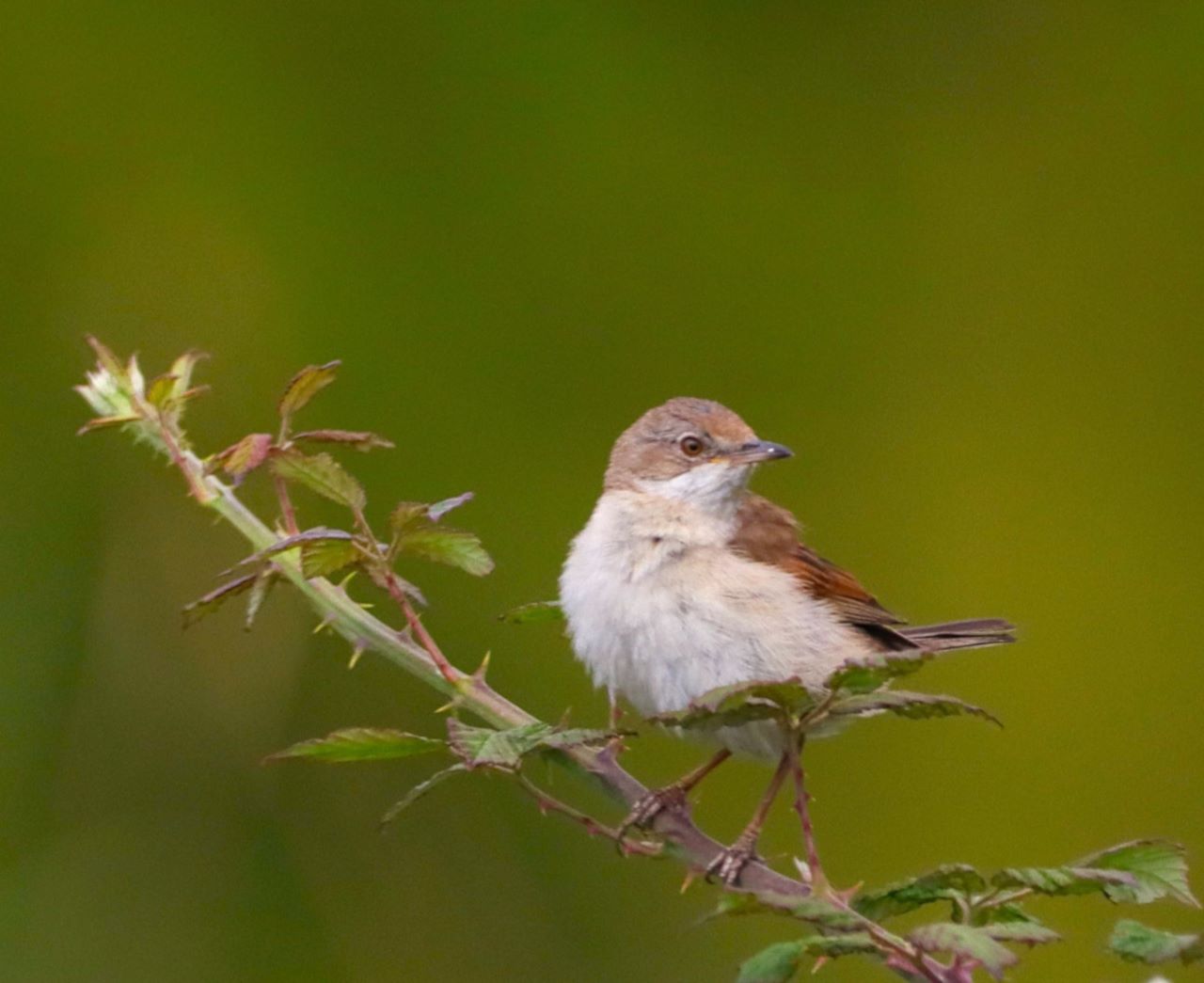
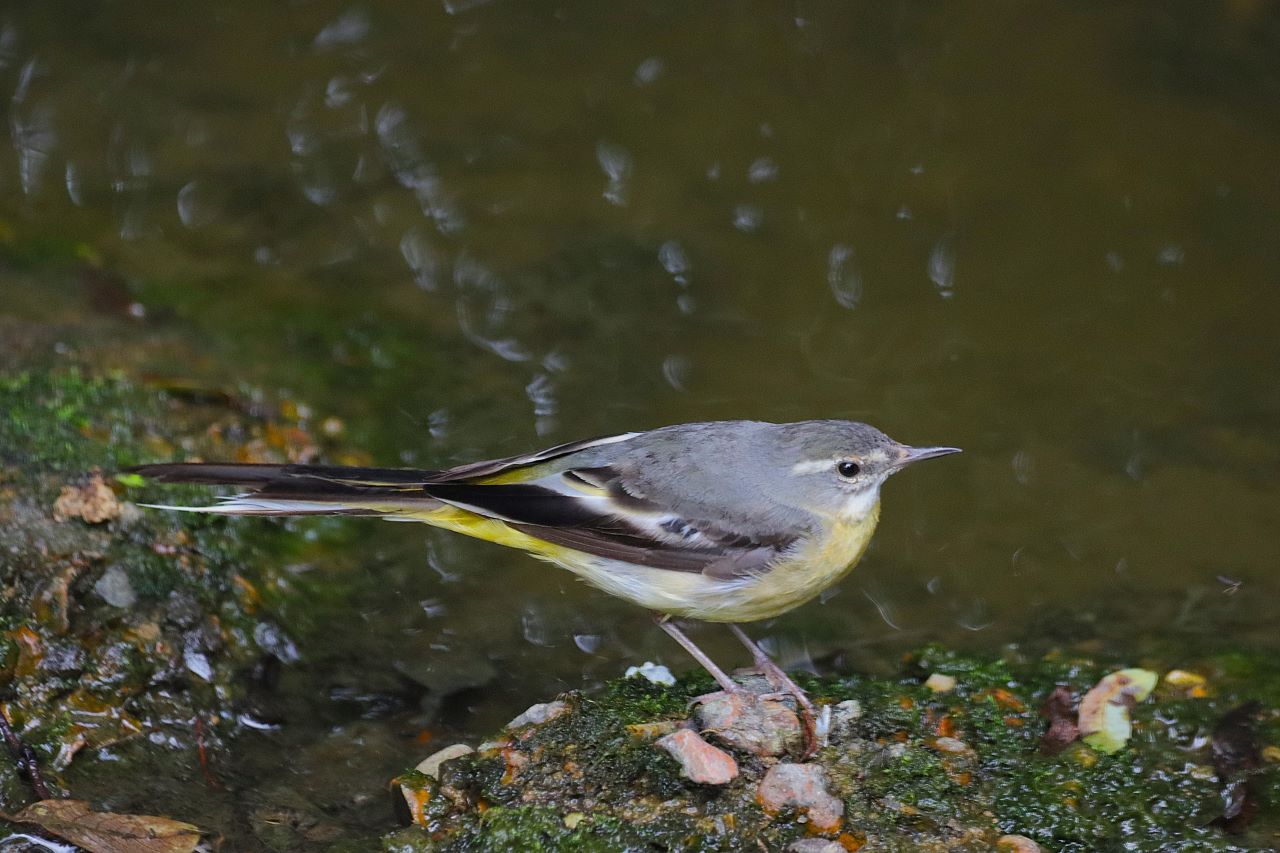
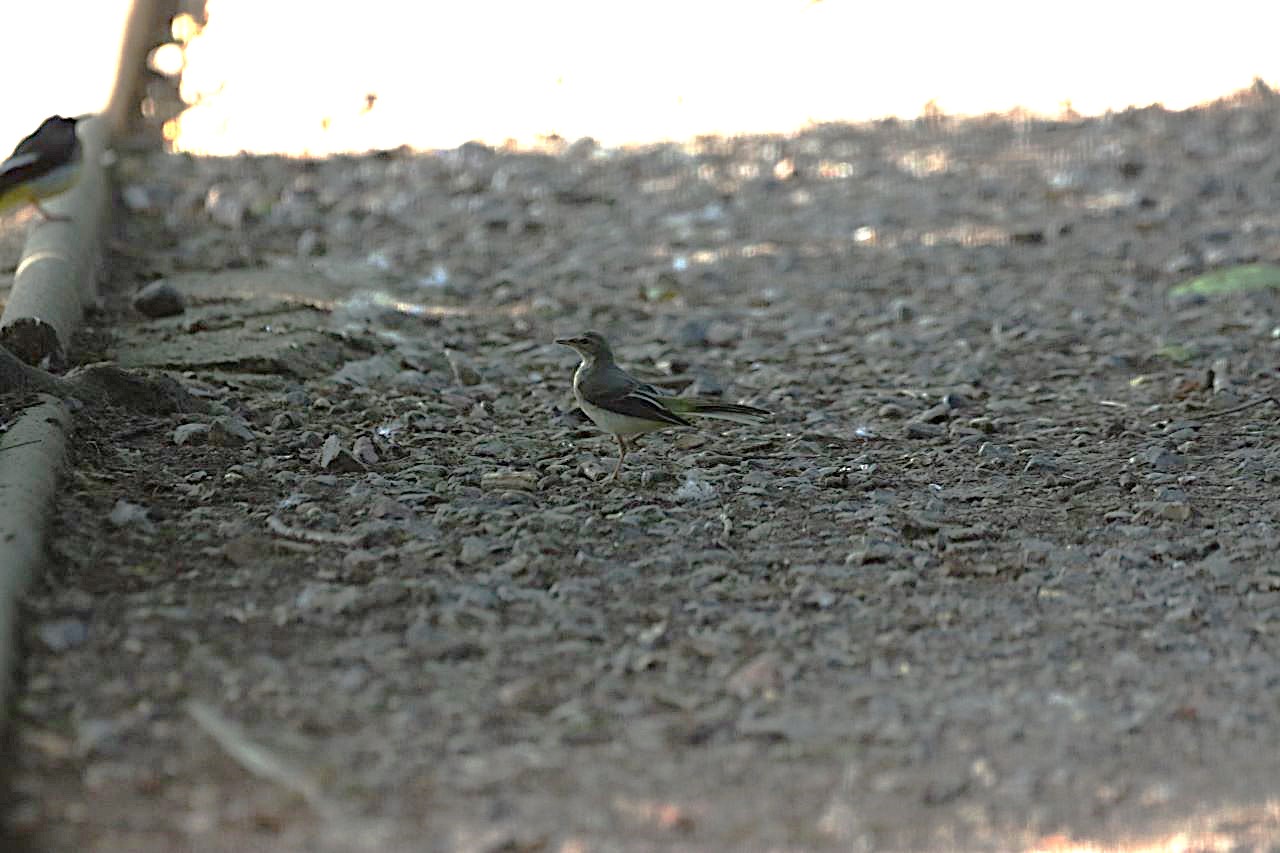
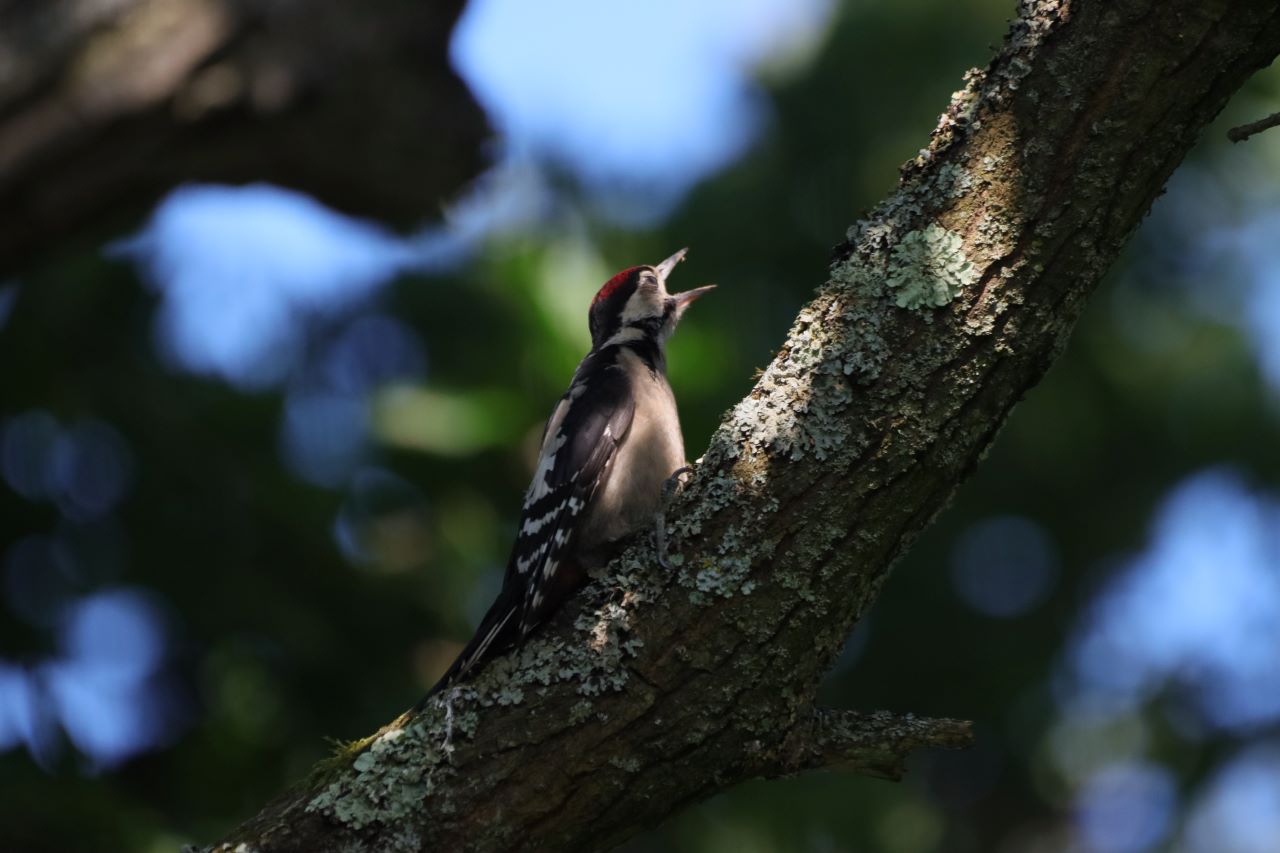


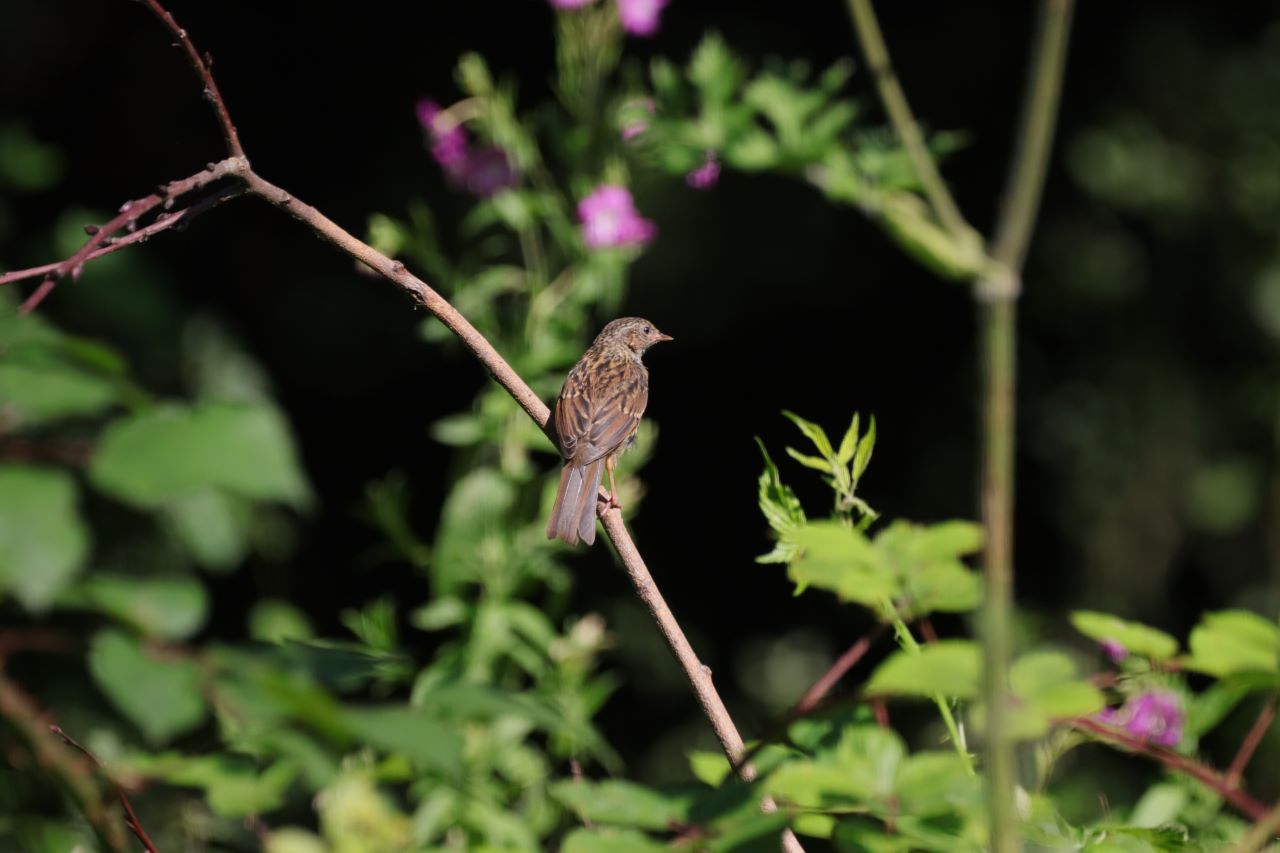
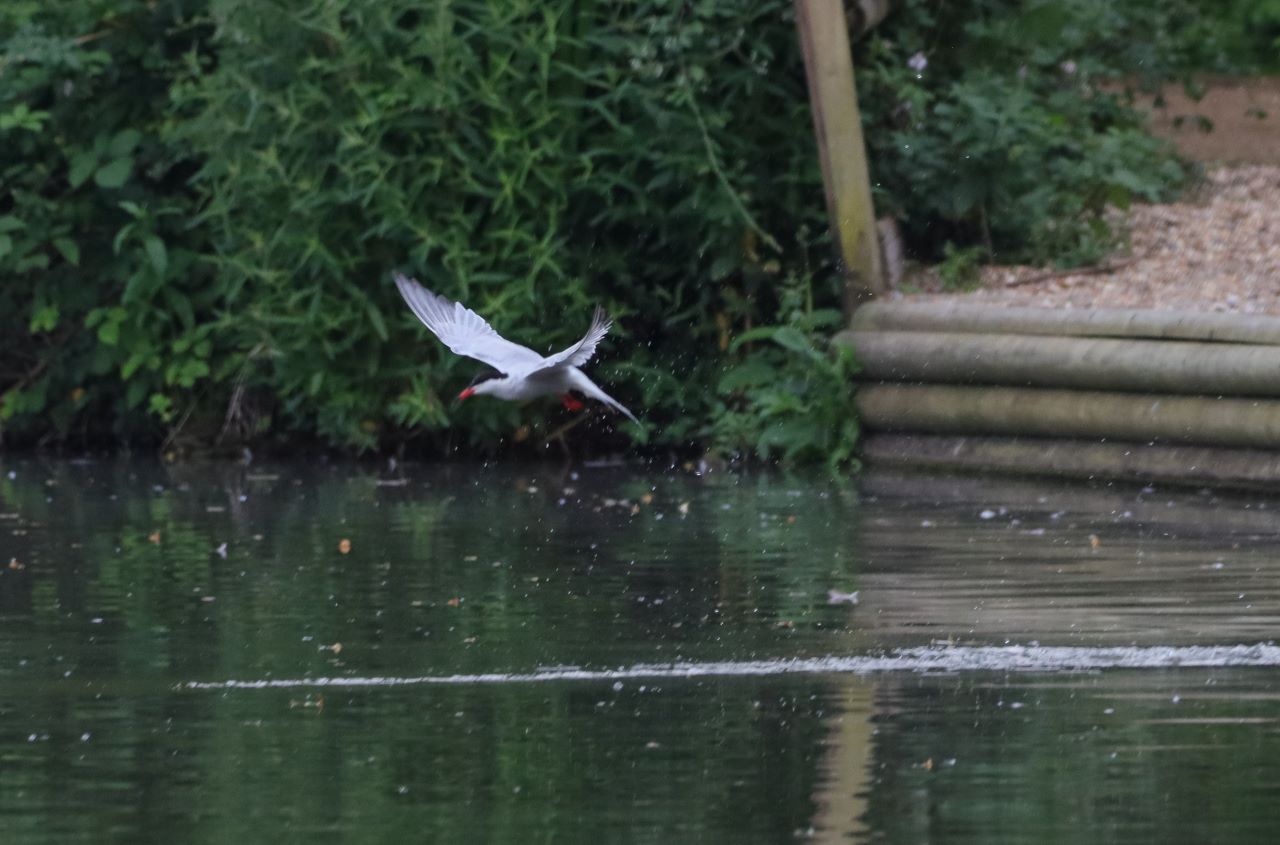
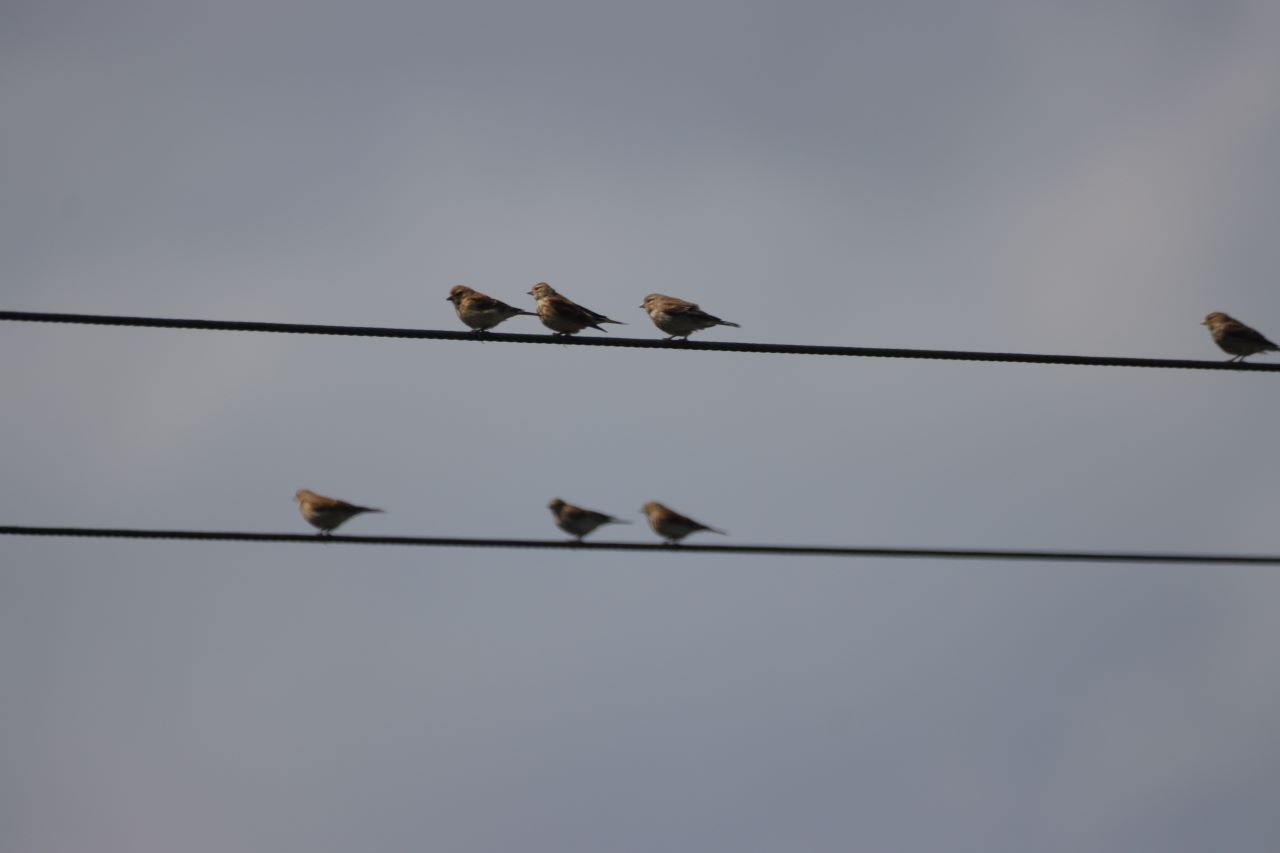
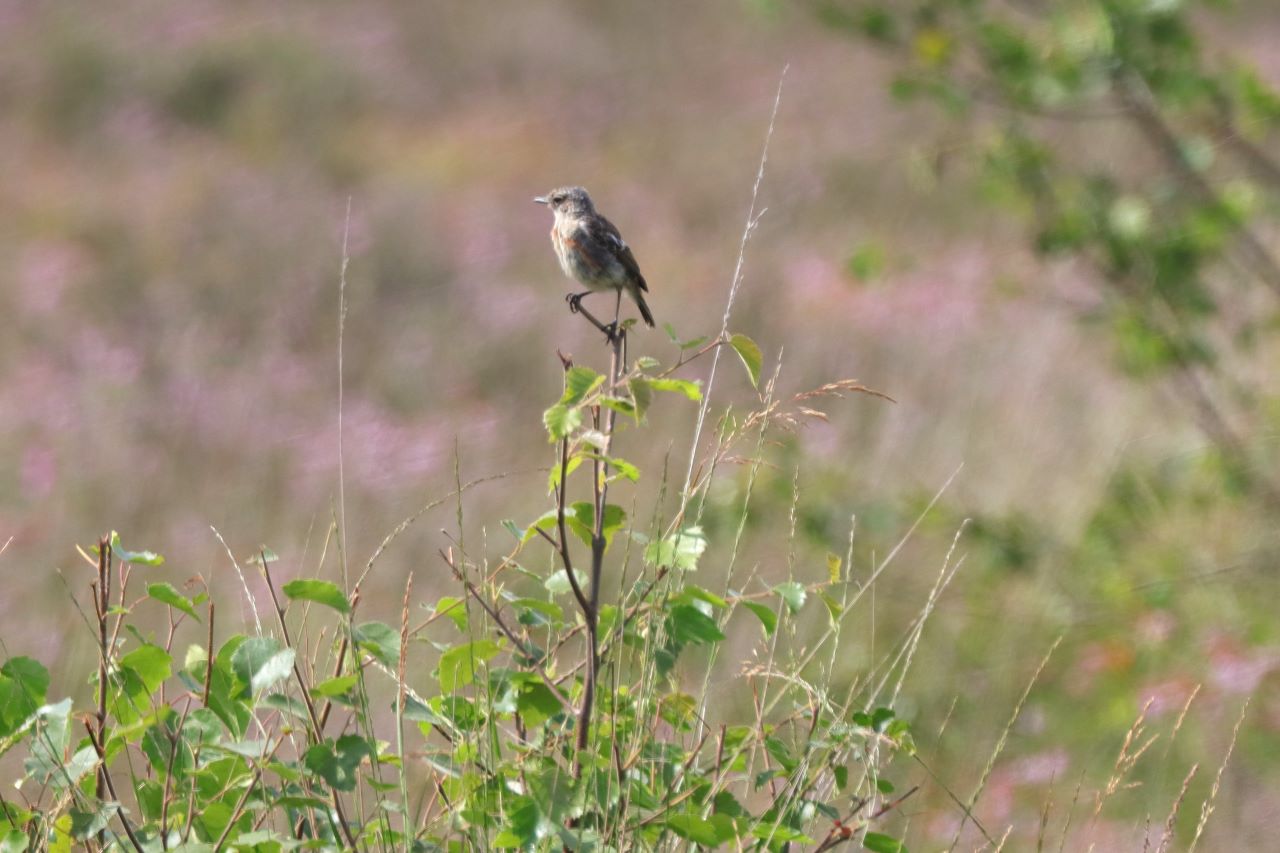
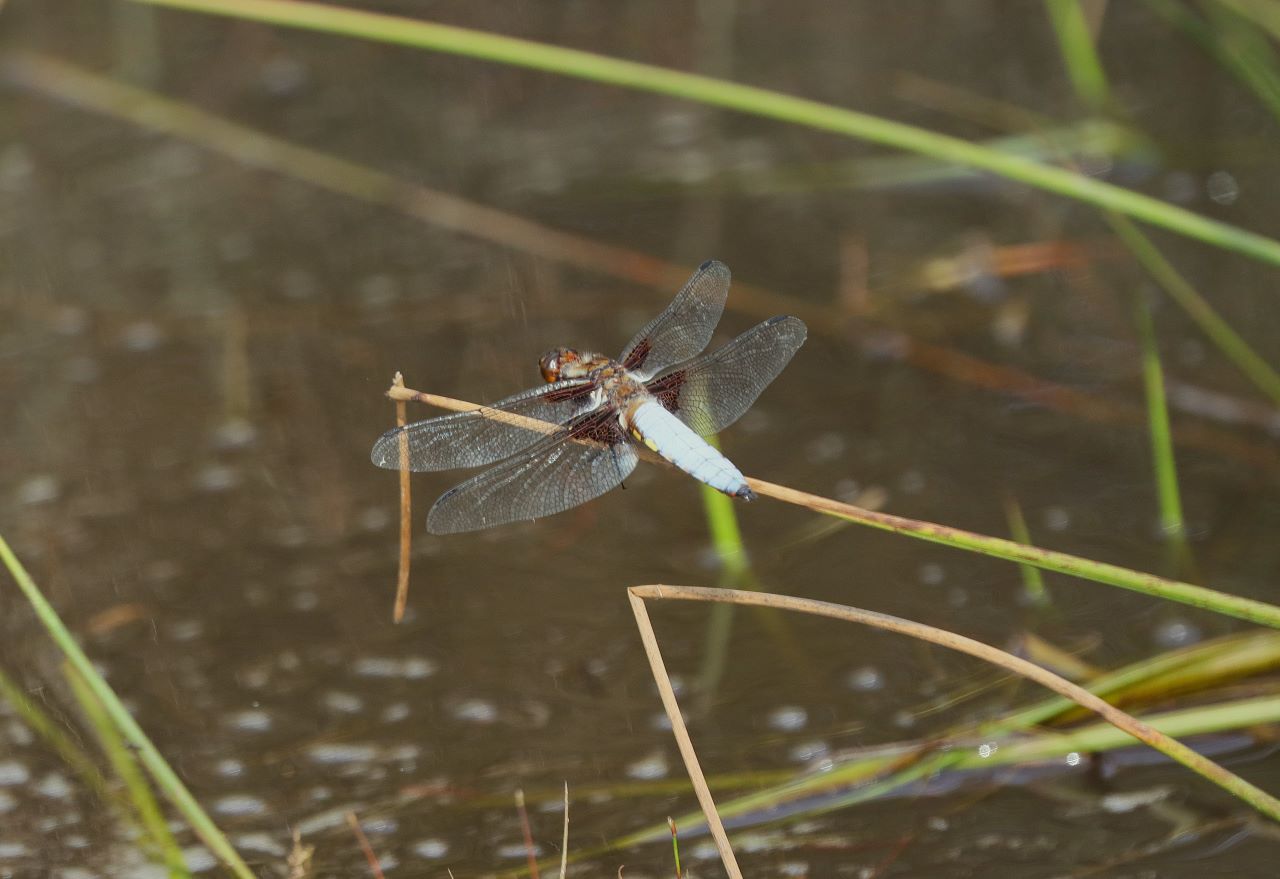
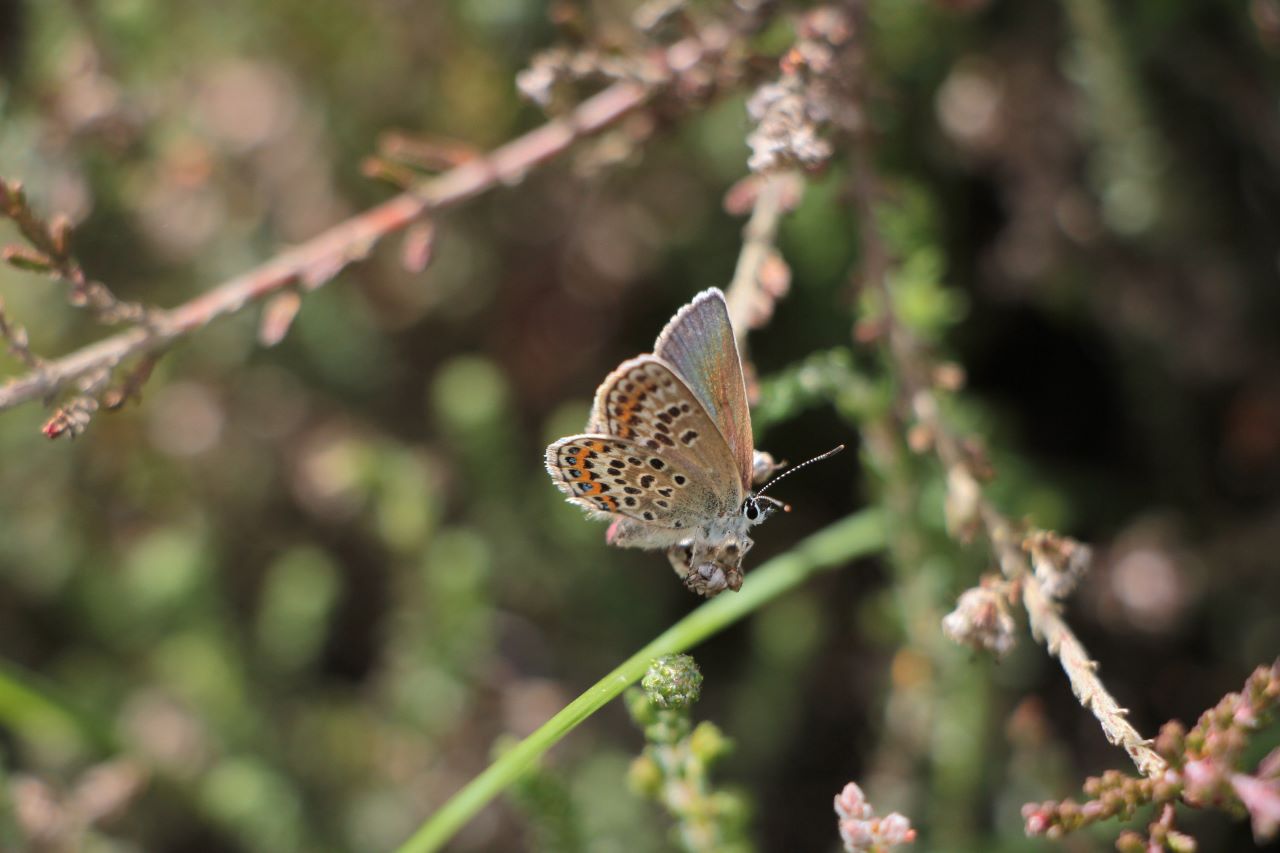
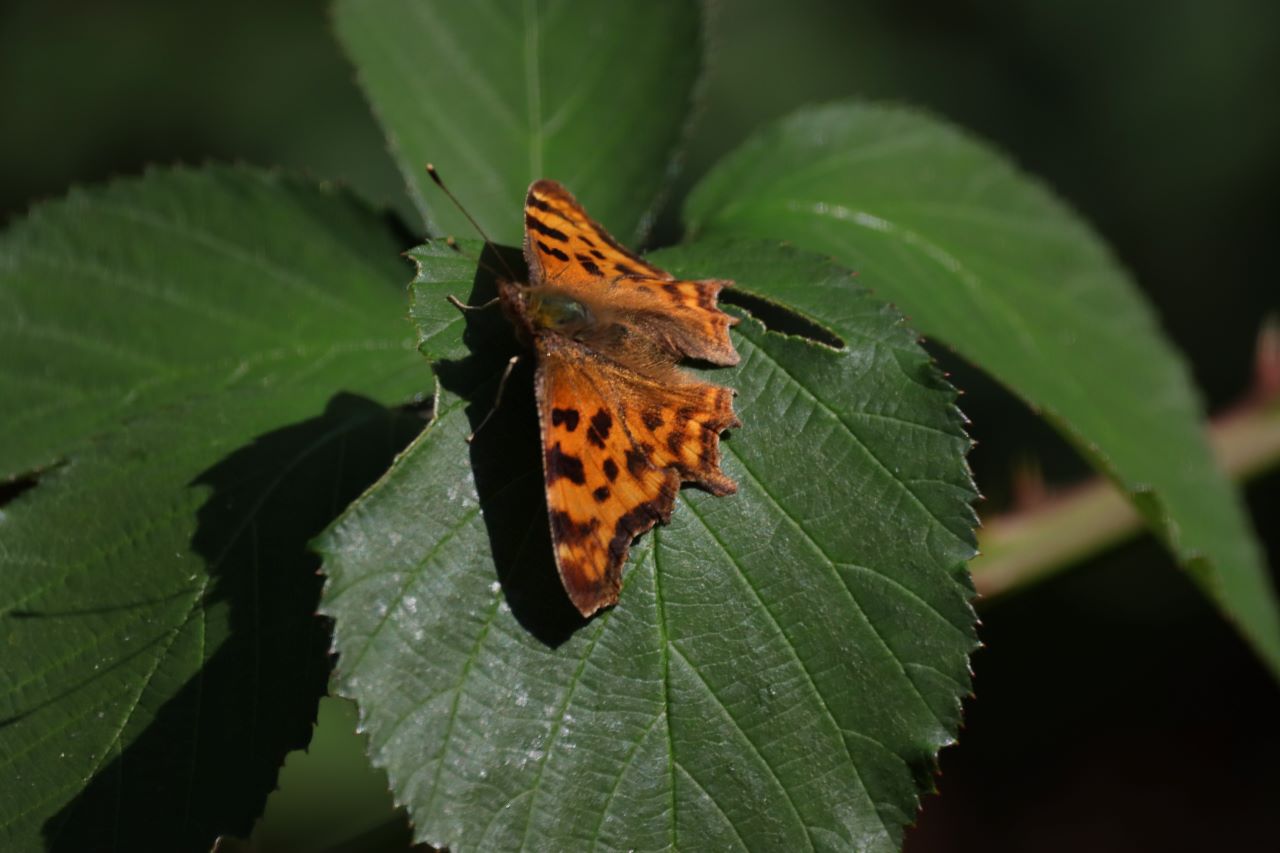
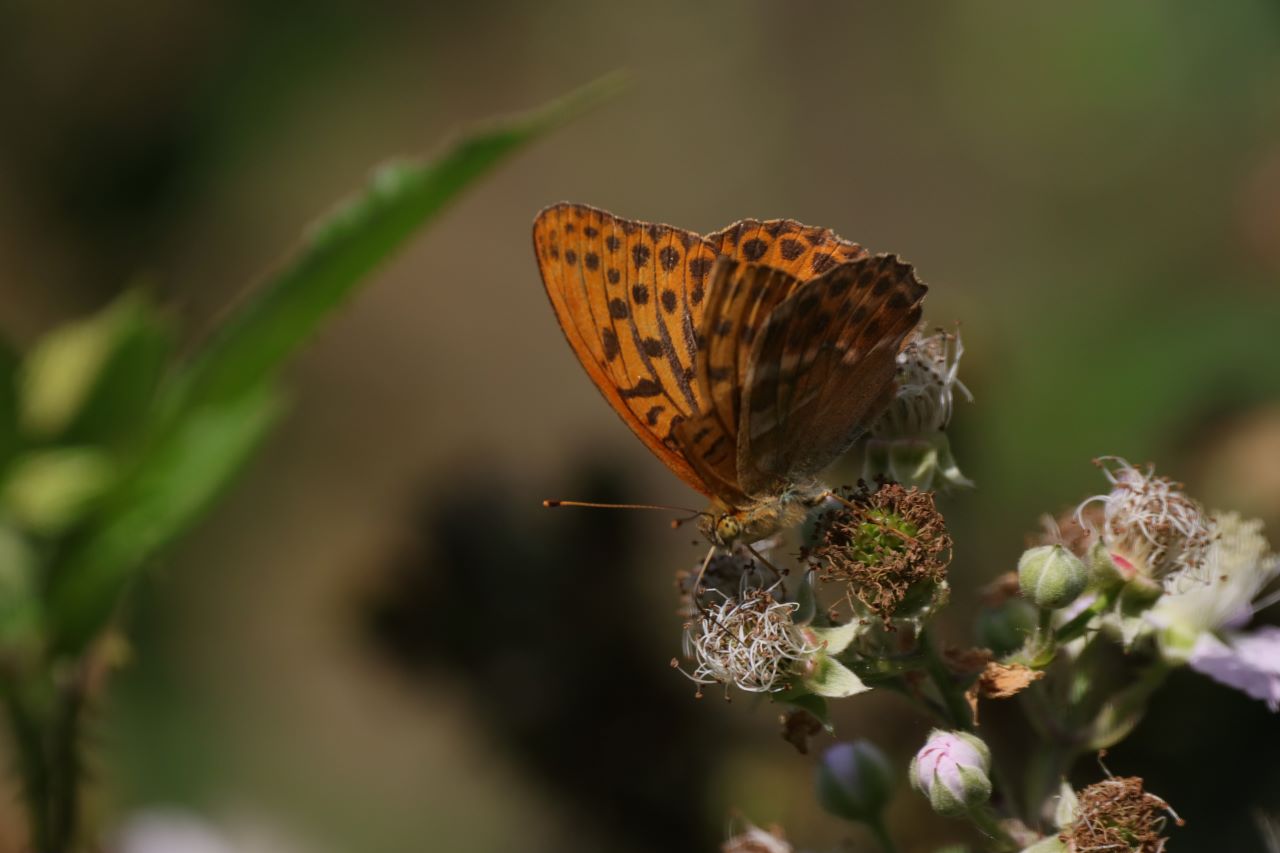
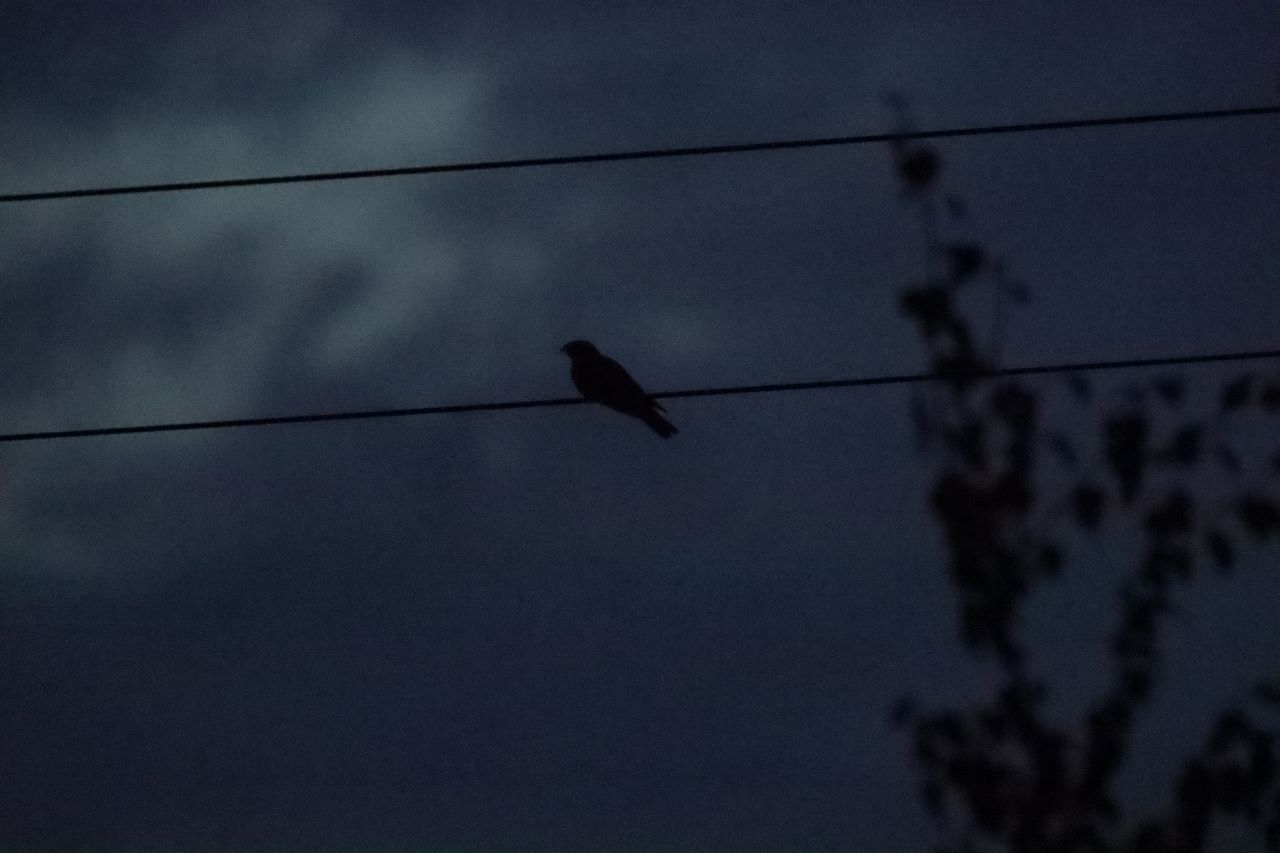
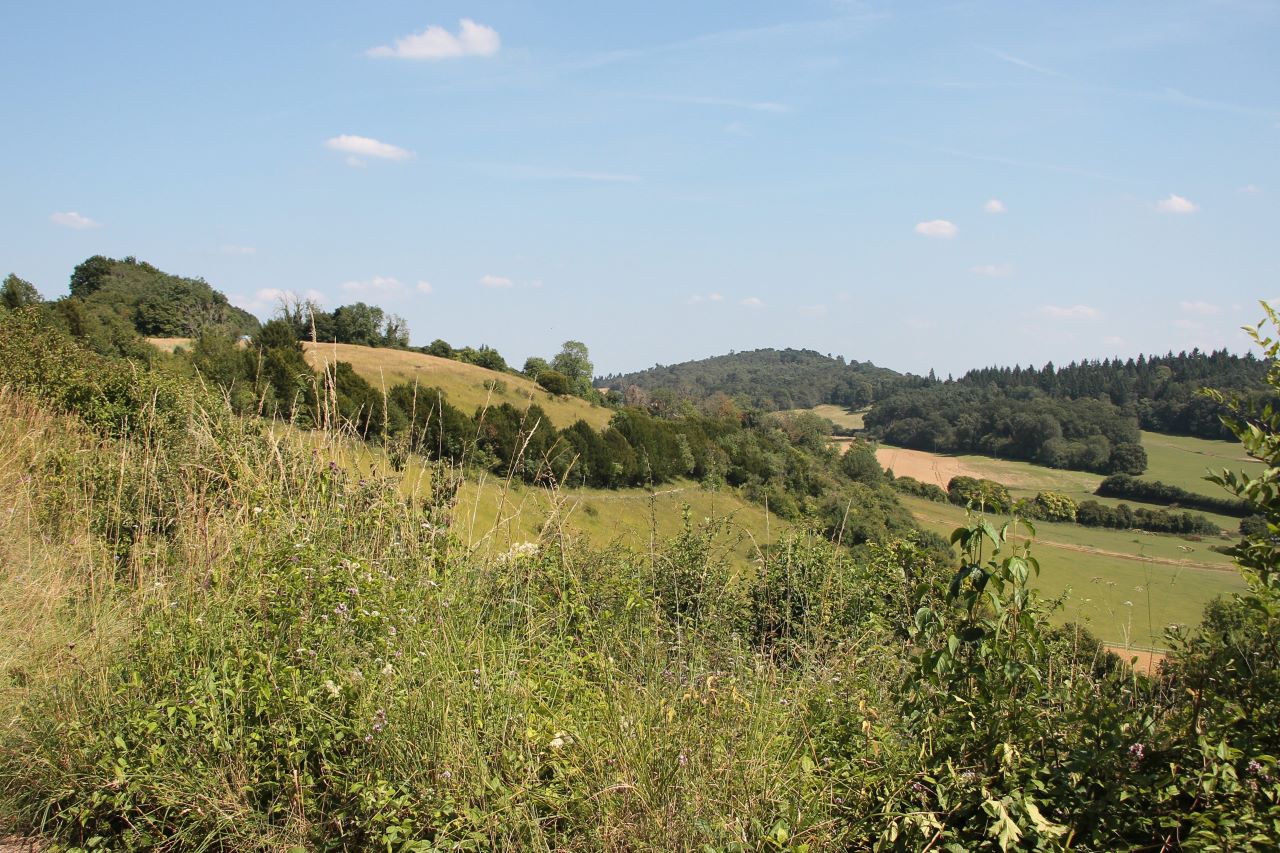
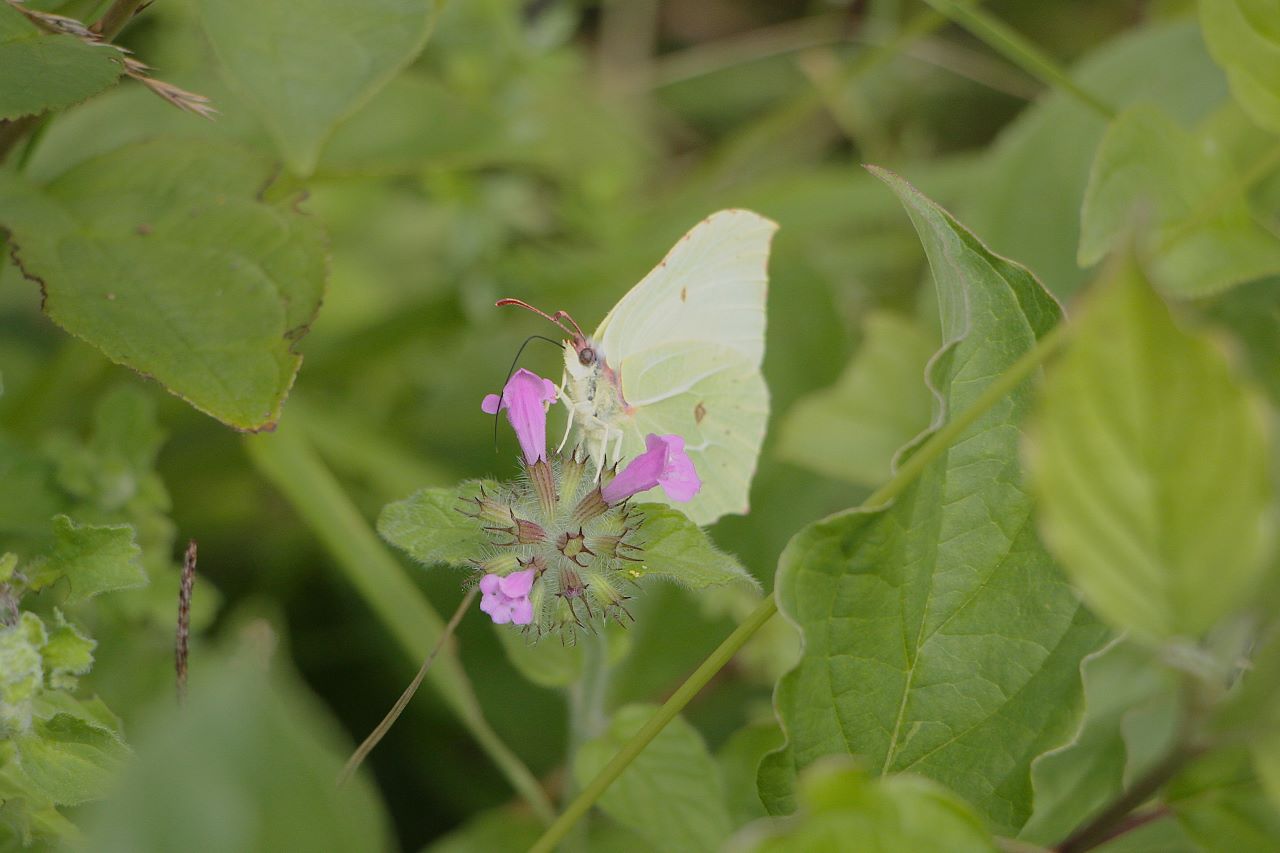

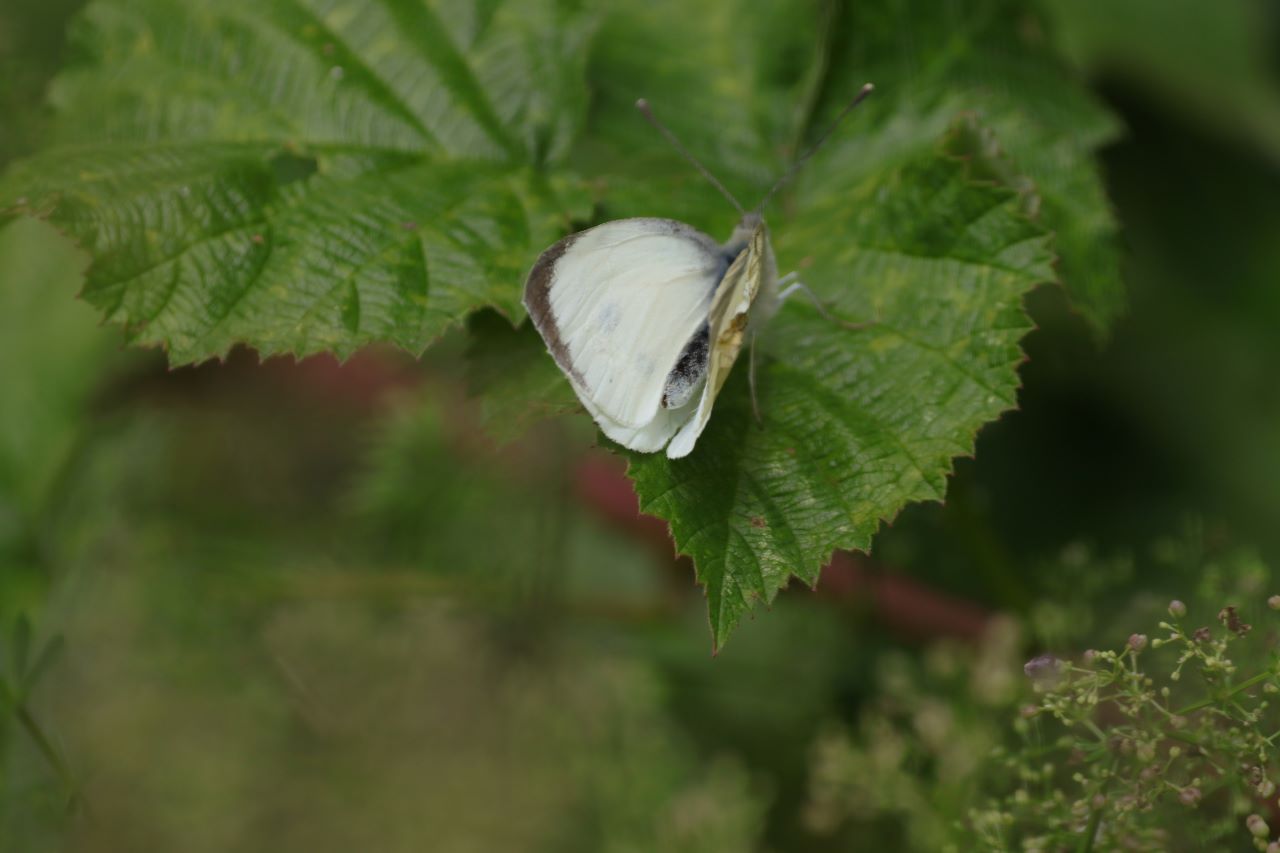

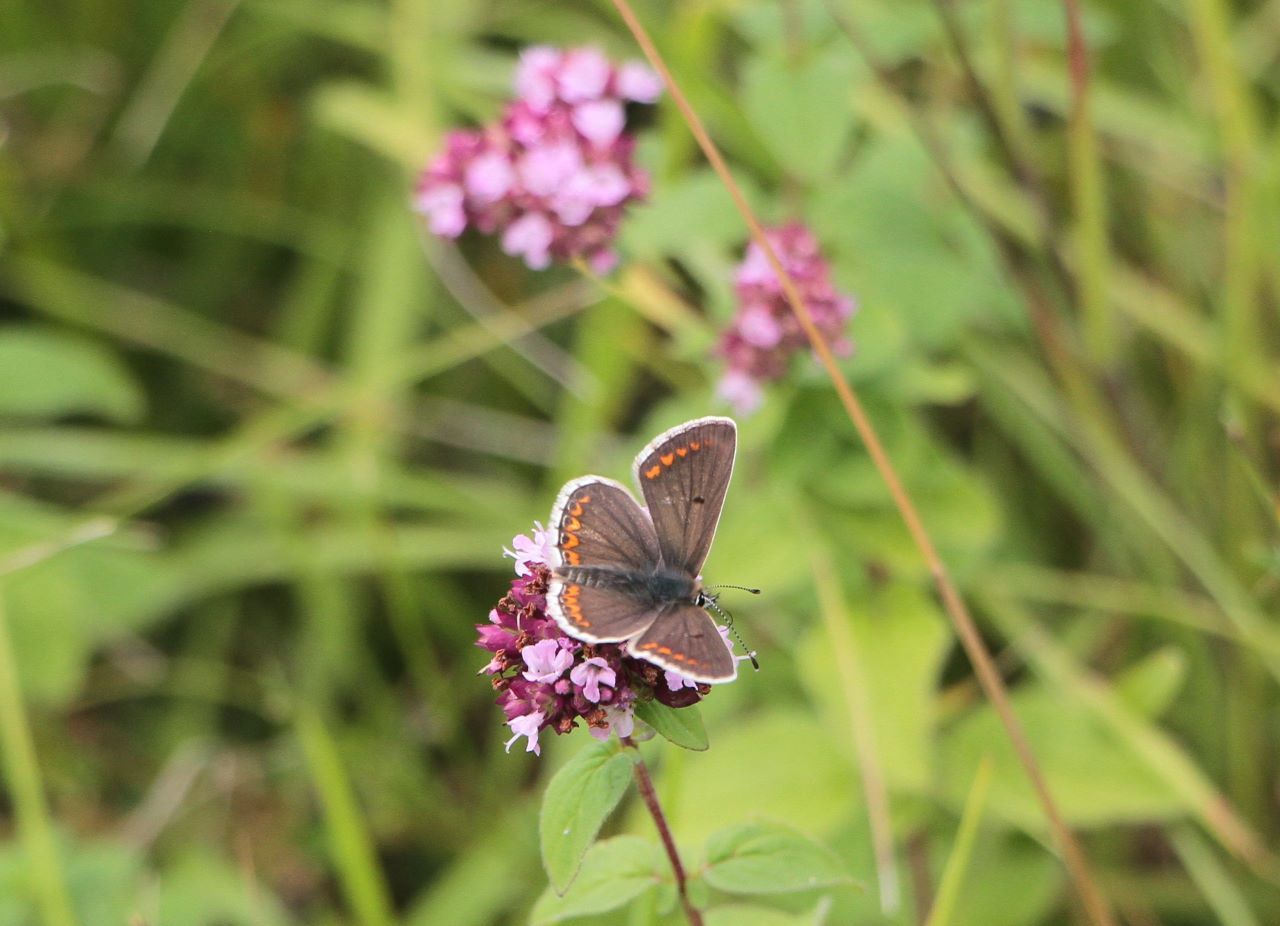
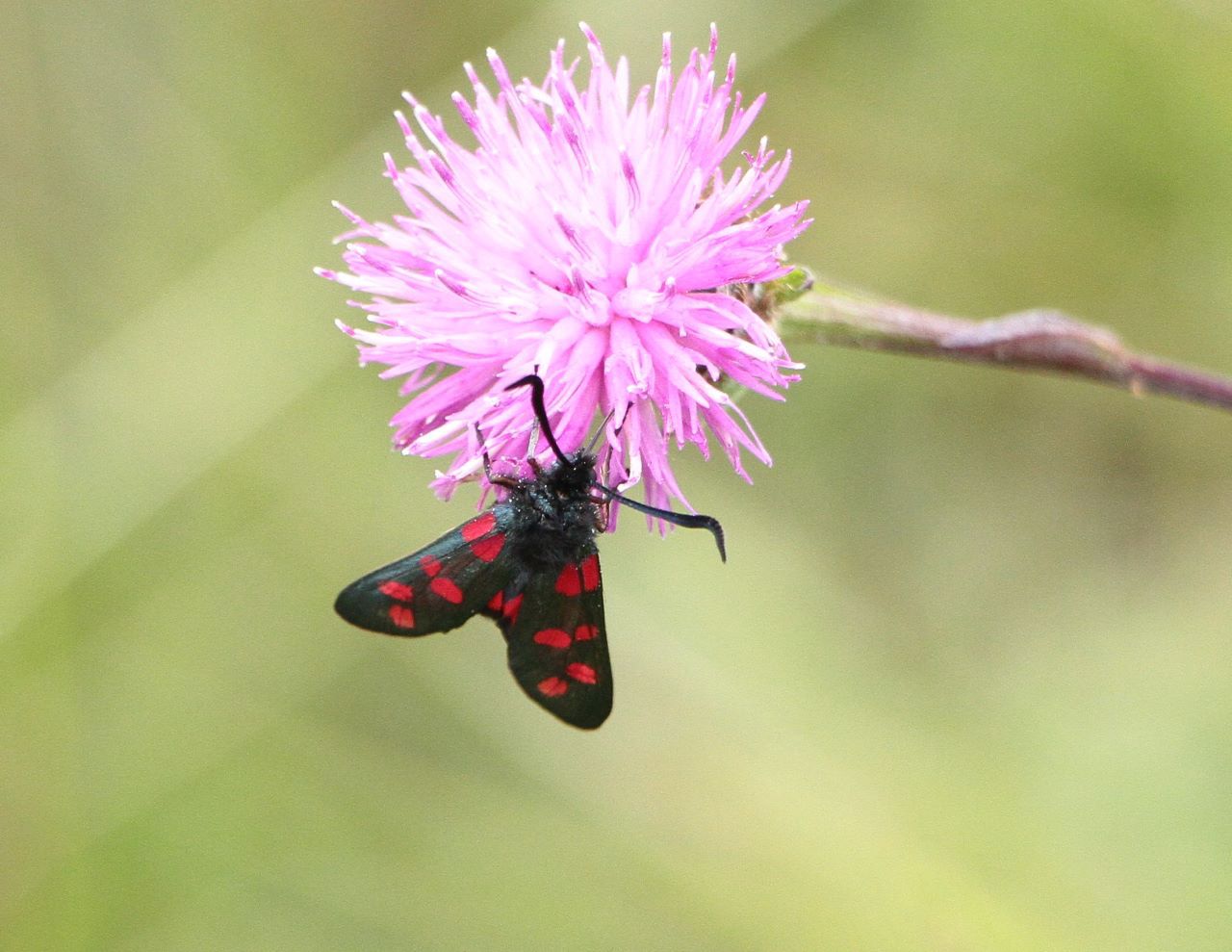

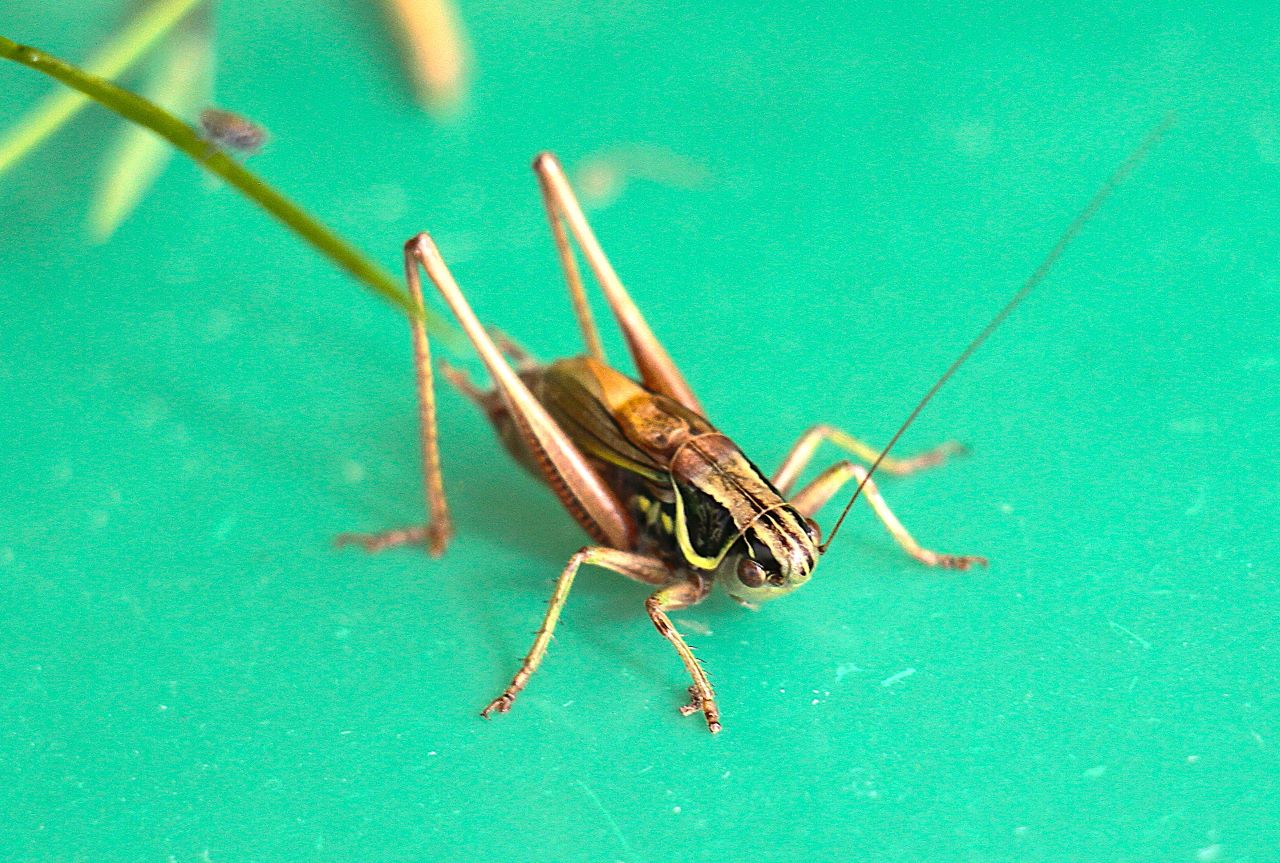
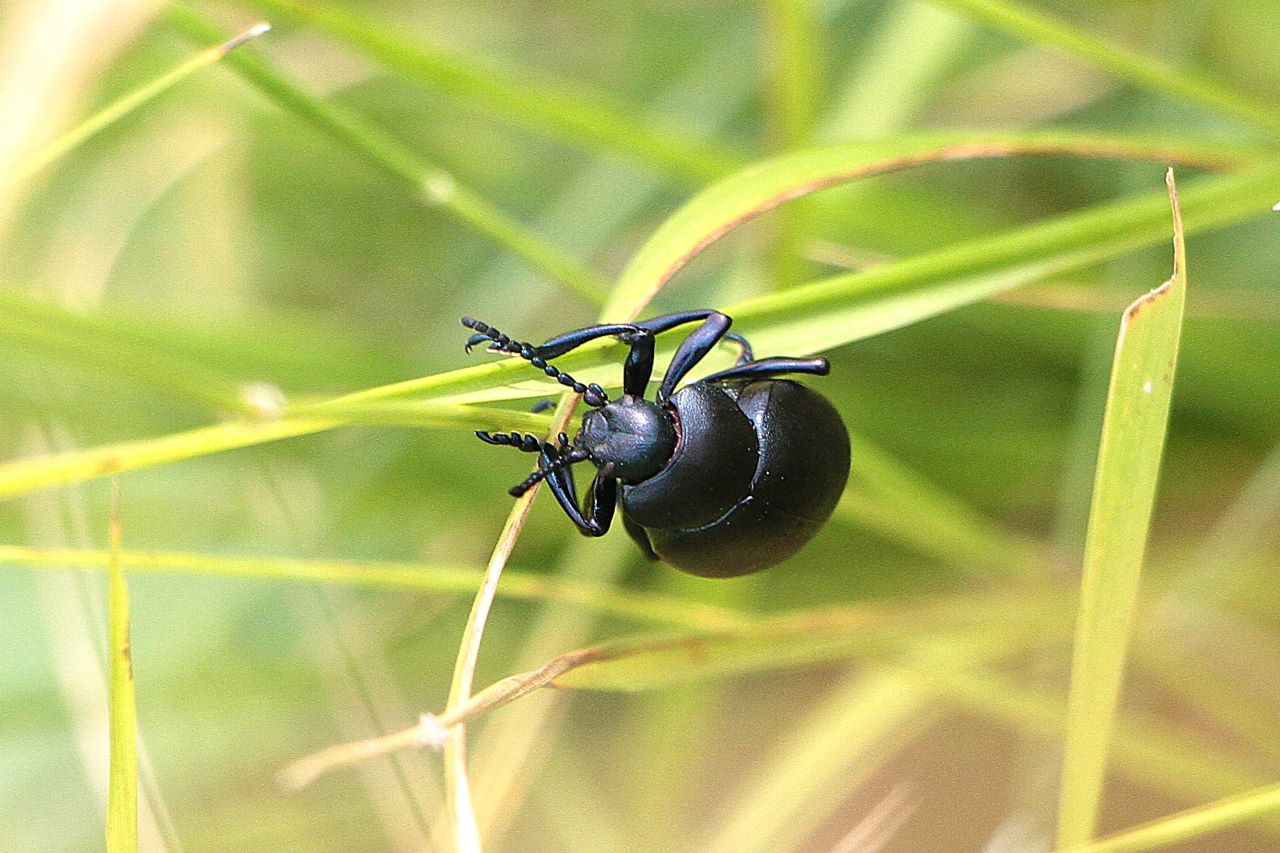
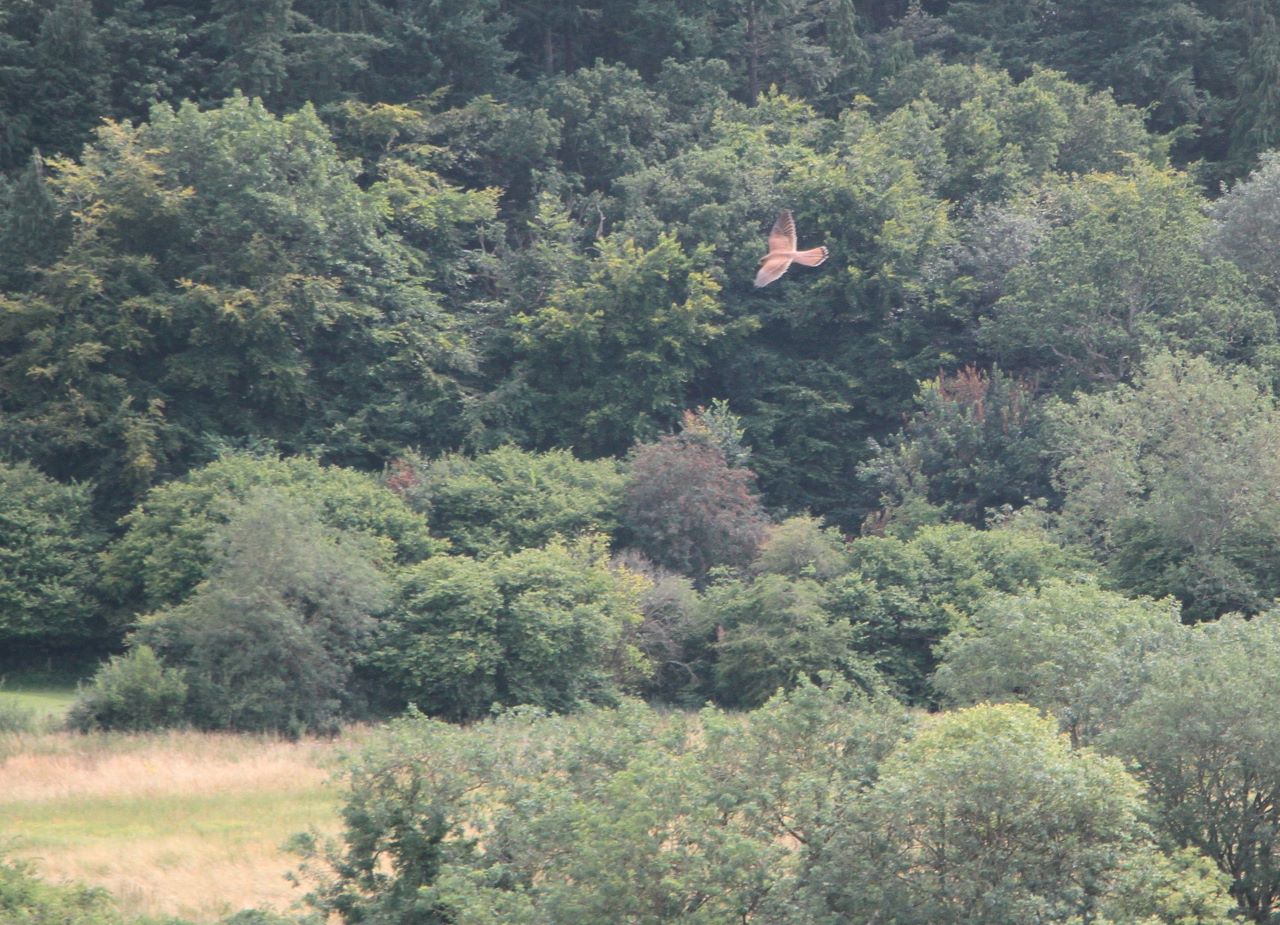
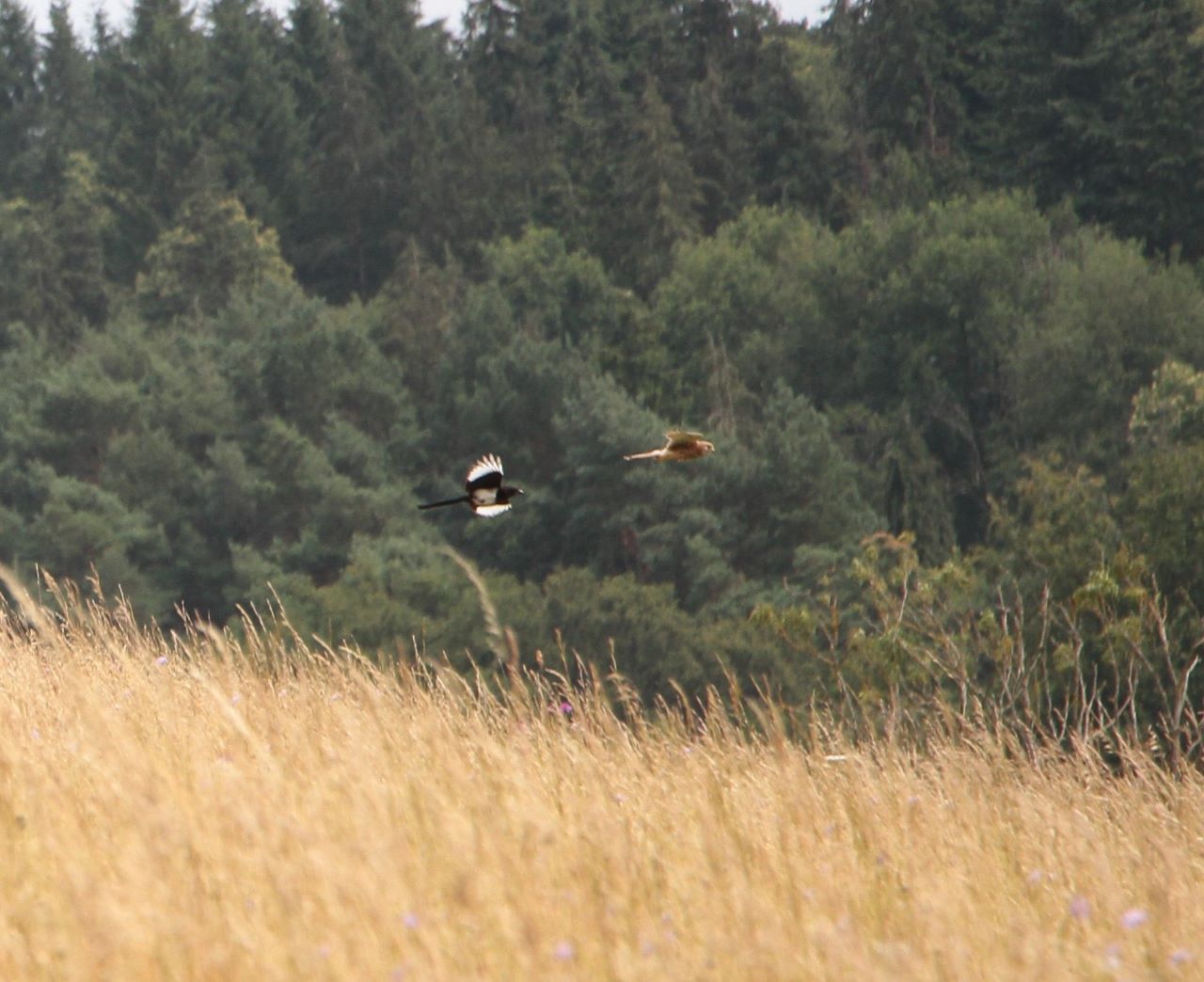

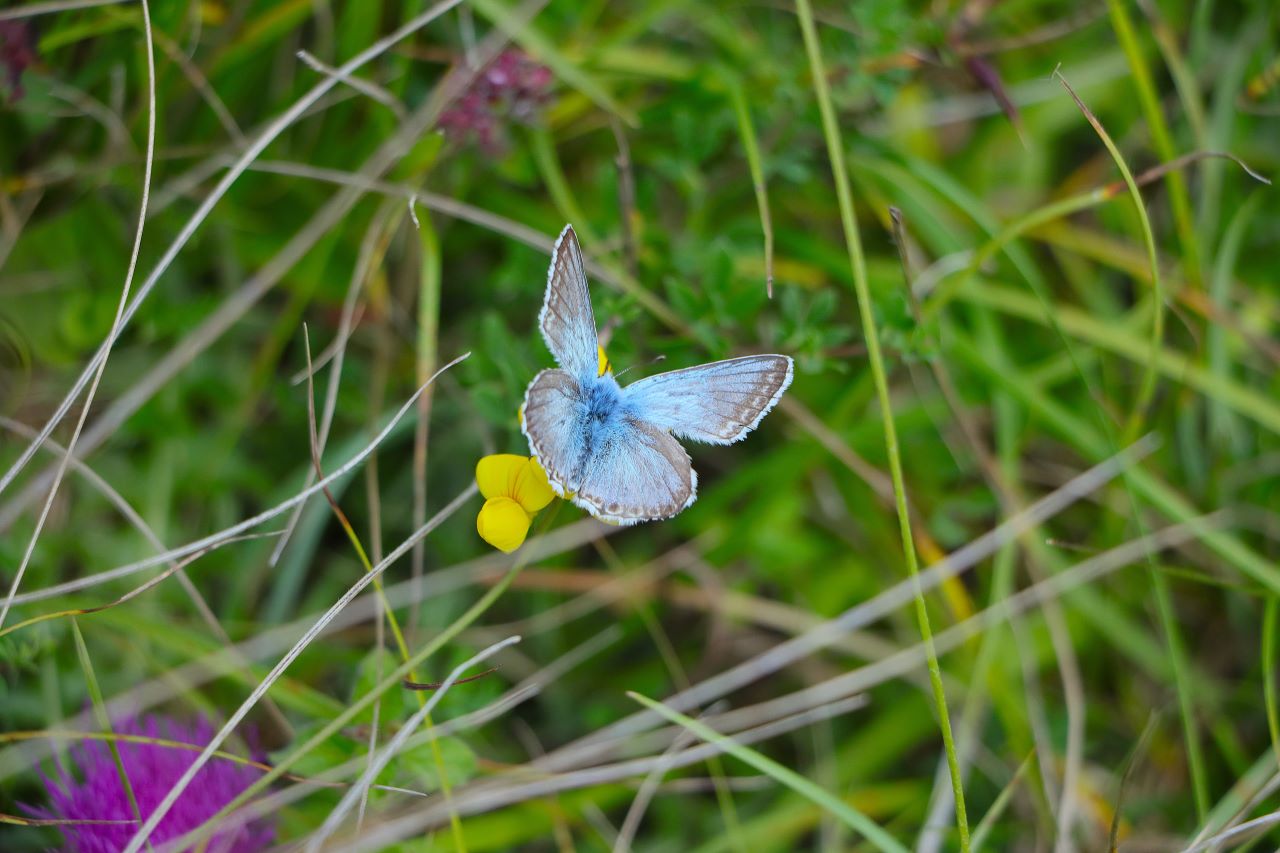

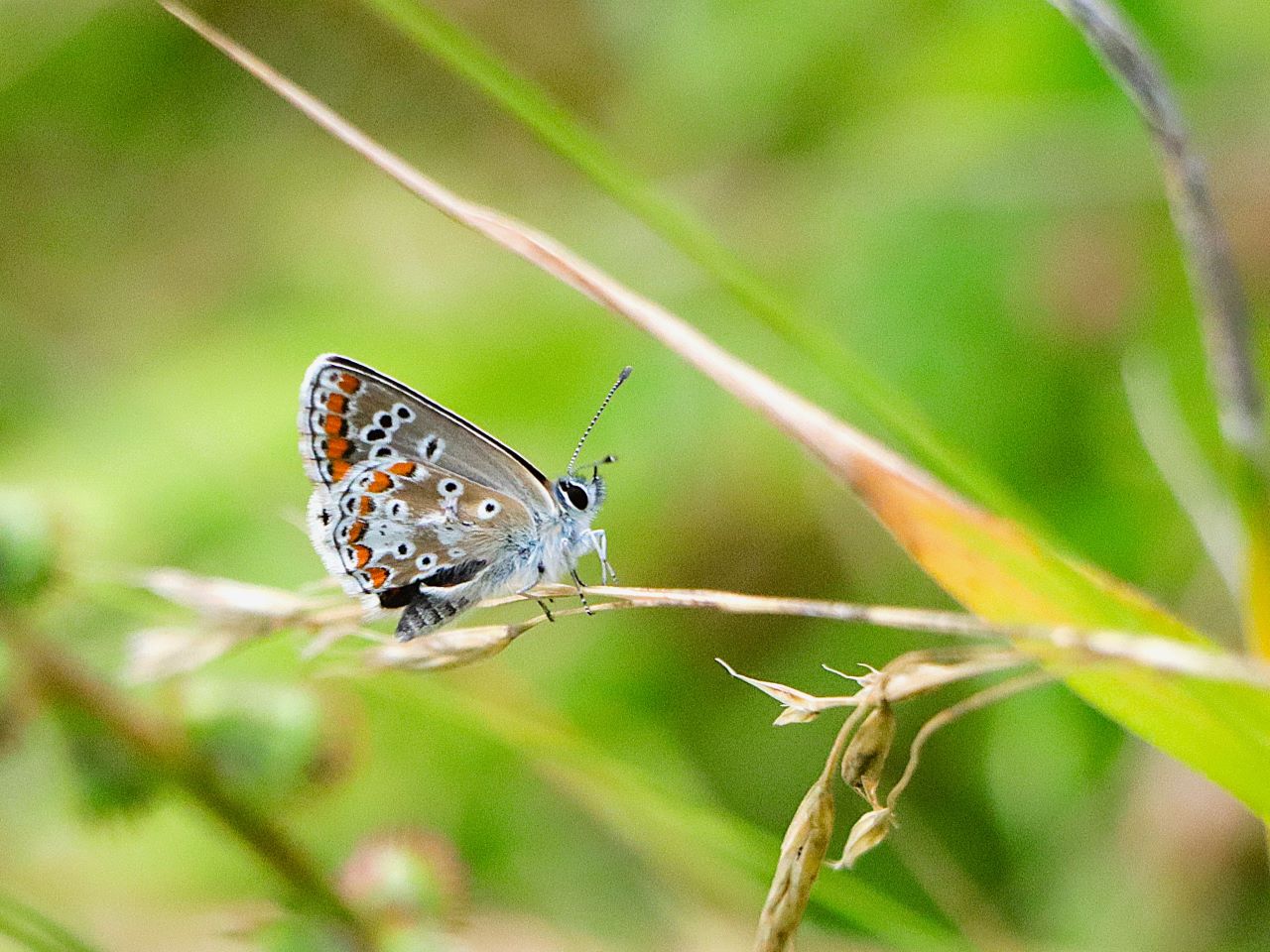
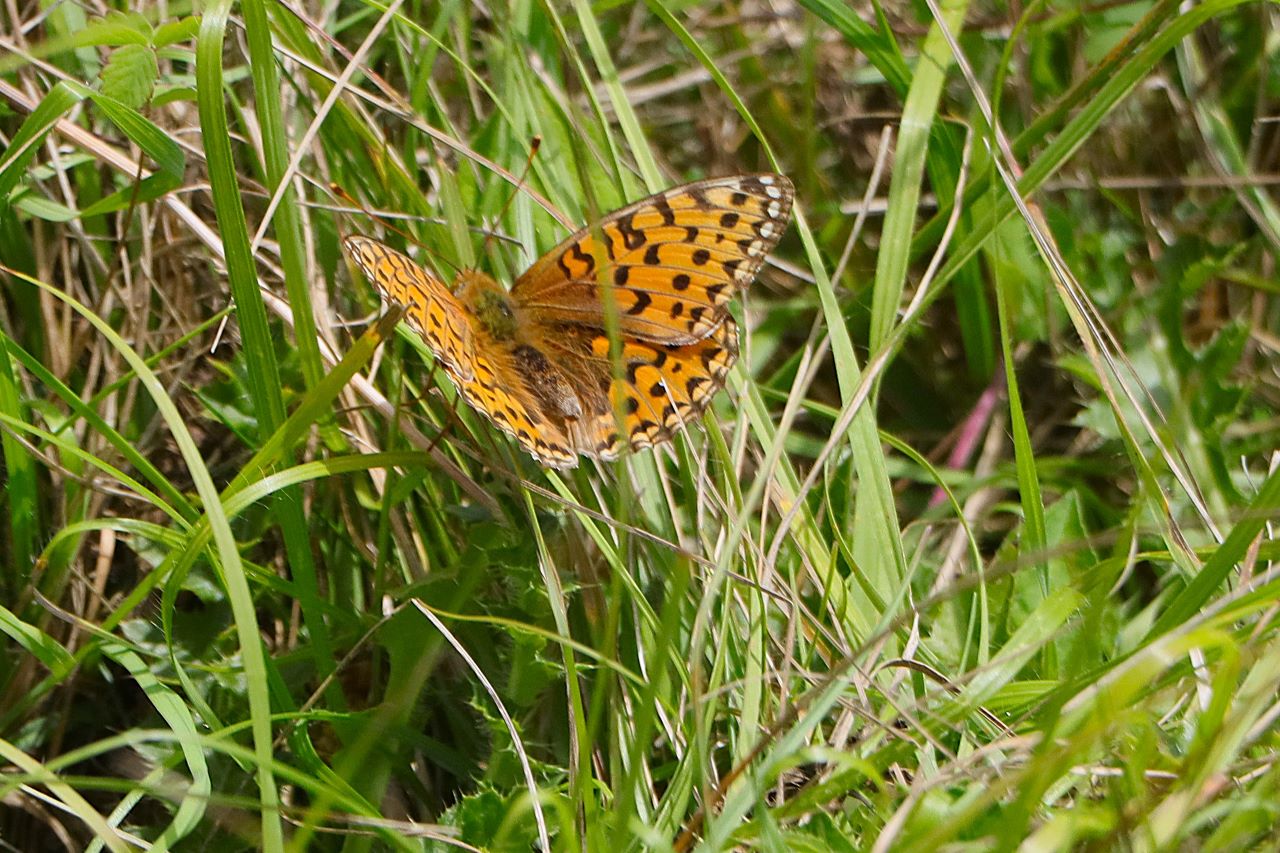
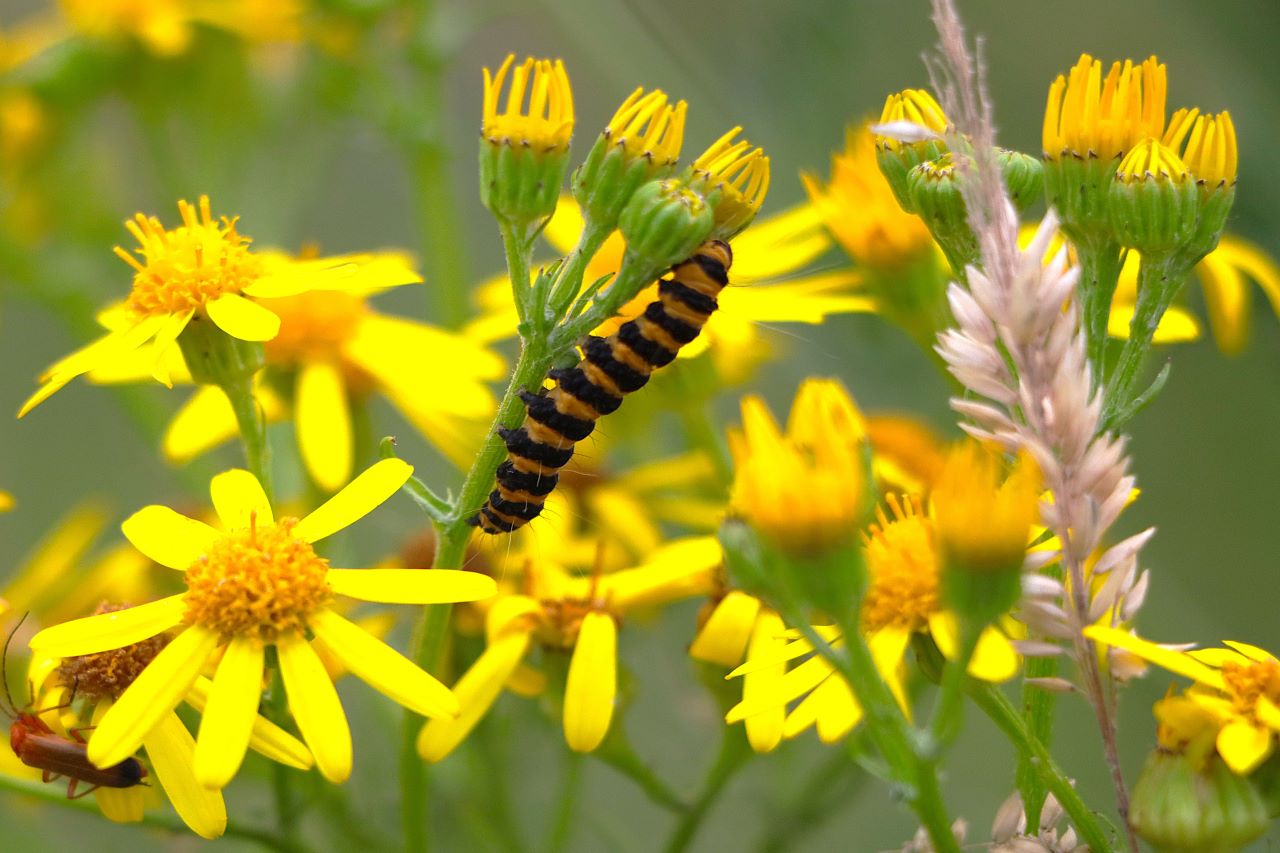
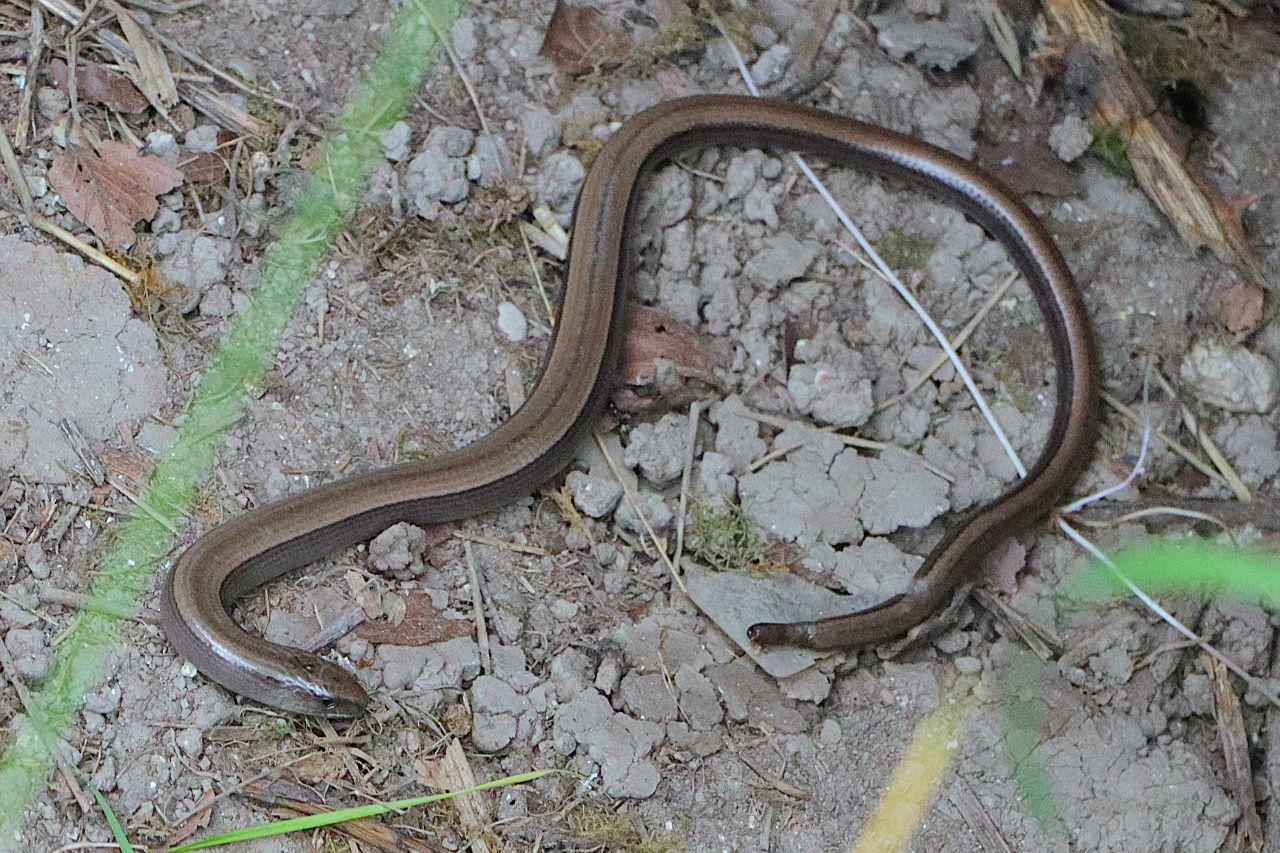
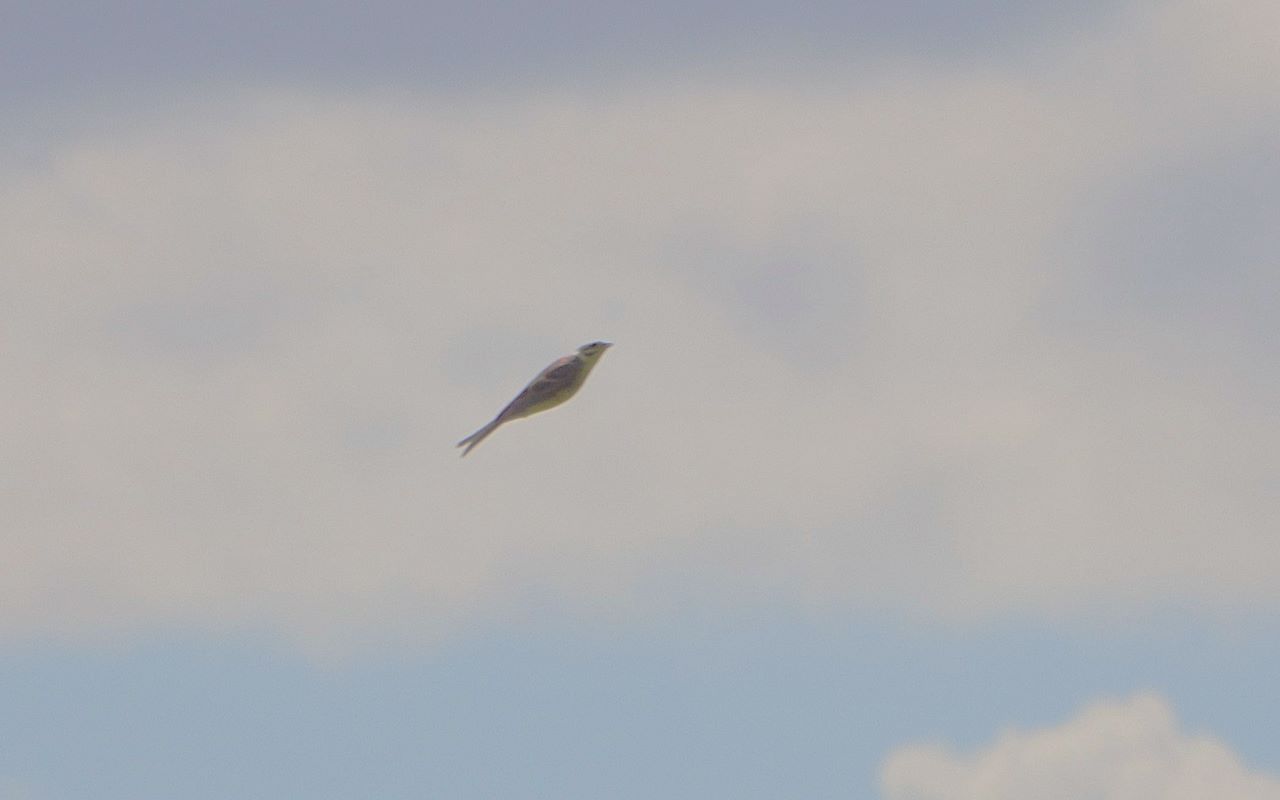
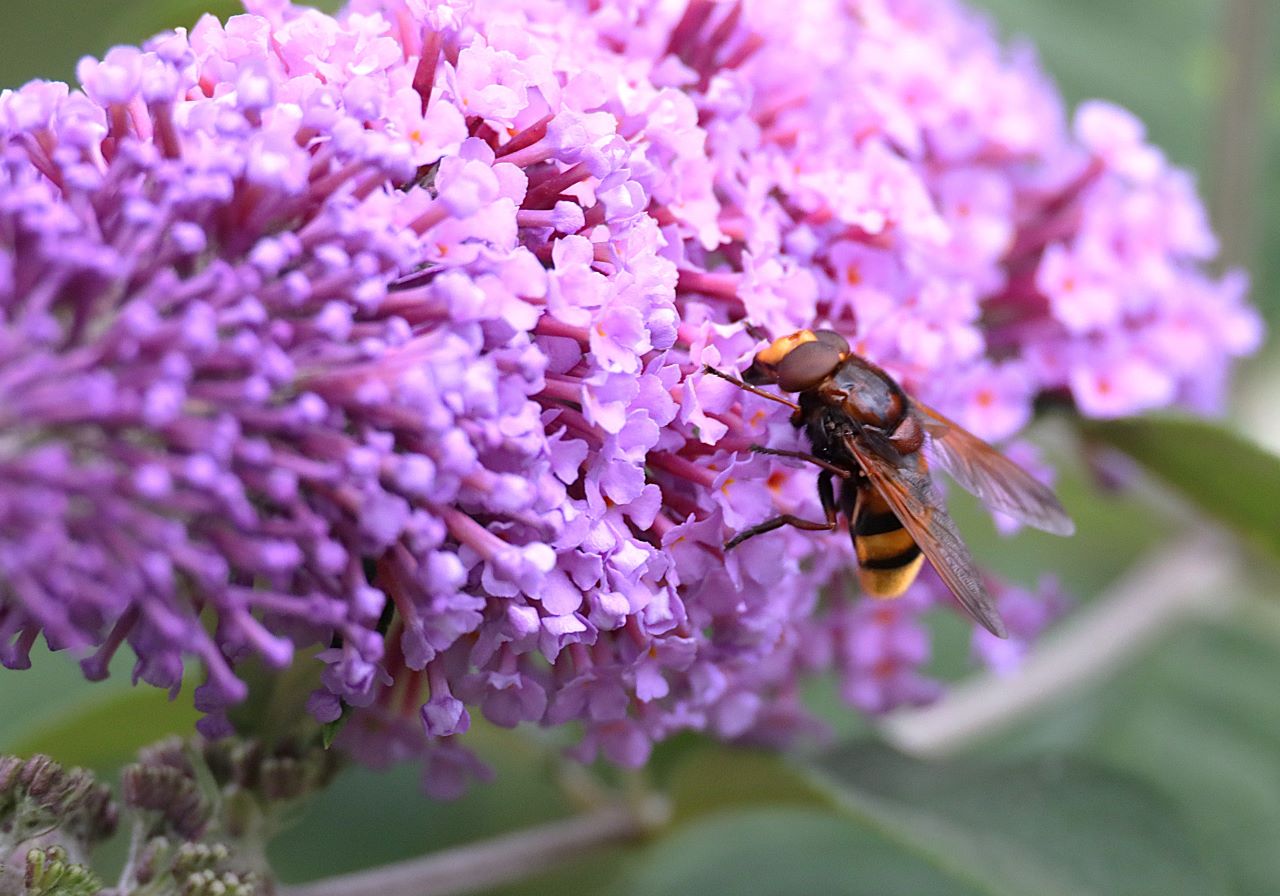
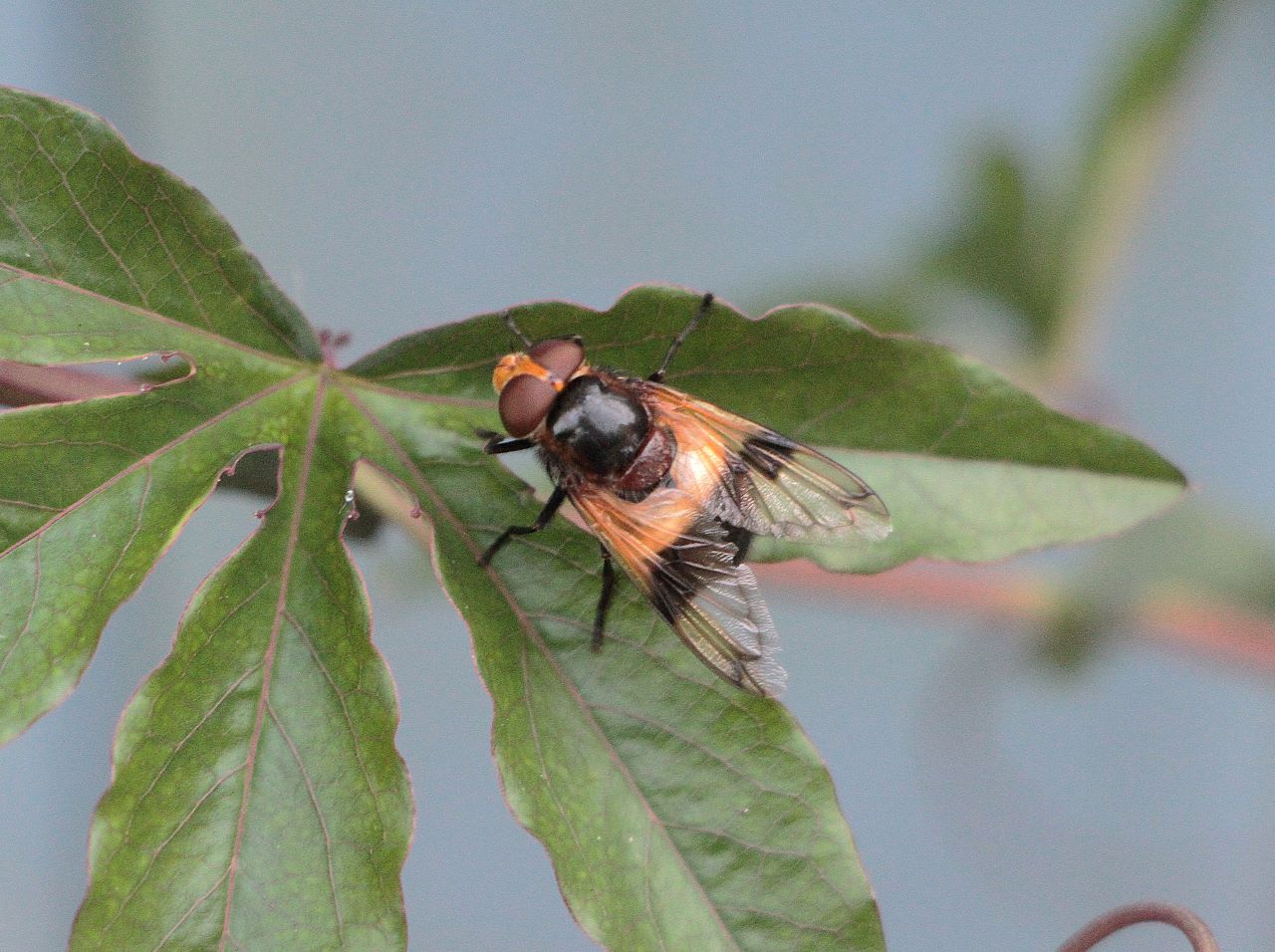

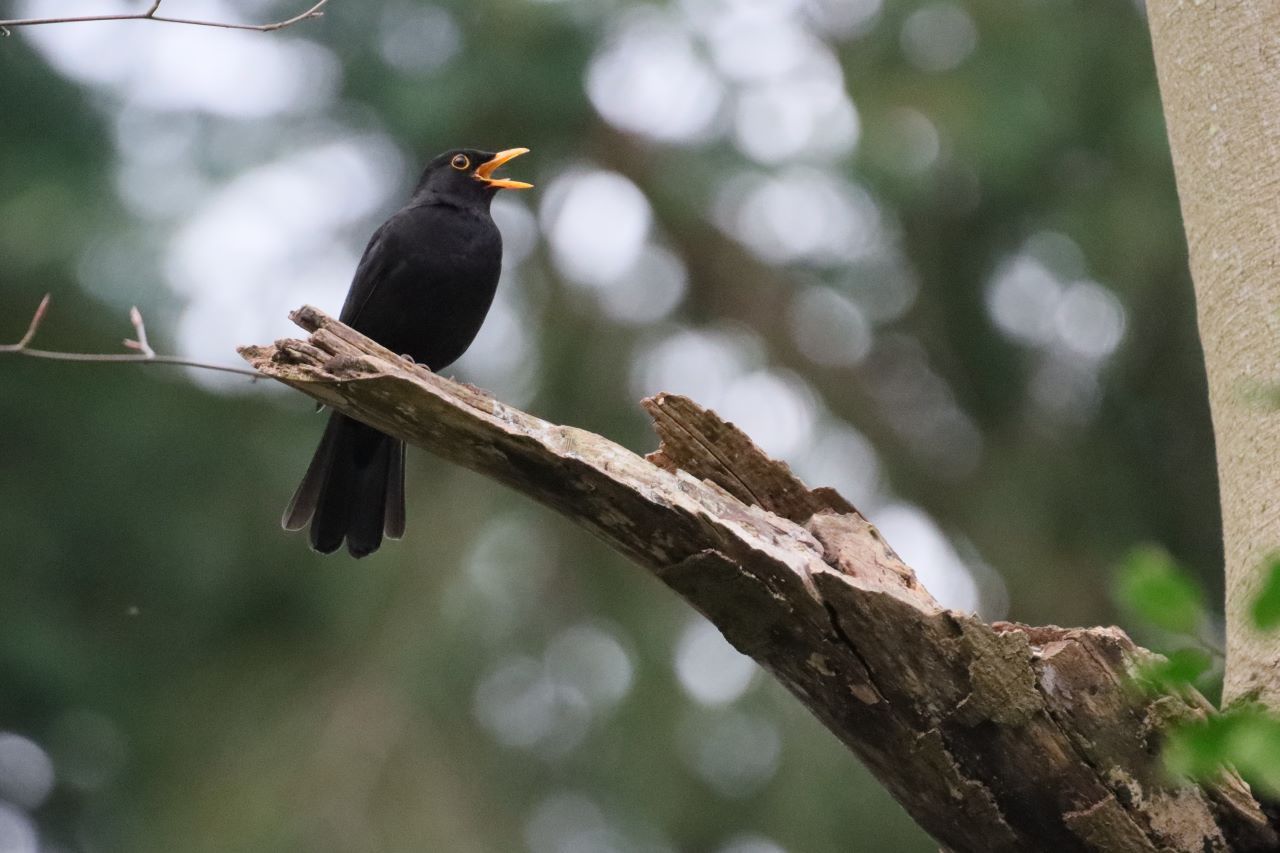




Recent Comments